PiP: Raspberry Pi Portable Slate Computer
Saturday, September 26, 2015
Monday, September 7, 2015
PiPcam GPIO Button
This is a GPIO add-on made for the PiCamera to allow the PiP to take pictures and record video with the touch of a button.
I used the code from the RPi website and built off of it to customize the way the camera loads on the screen. Here's the link below.
https://www.raspberrypi.org/learning/python-picamera-setup/worksheet.md
Basically for the housing itself, I gutted a dual AAA battery holder and used the larger half of the casing. I drilled a hole for the tact switch and soldered the wires leading from pin 17 and GND on the 40 pin connector to the two leads on the button. Then I glued everything in place. This is a picture of the front and back of the unit itself.
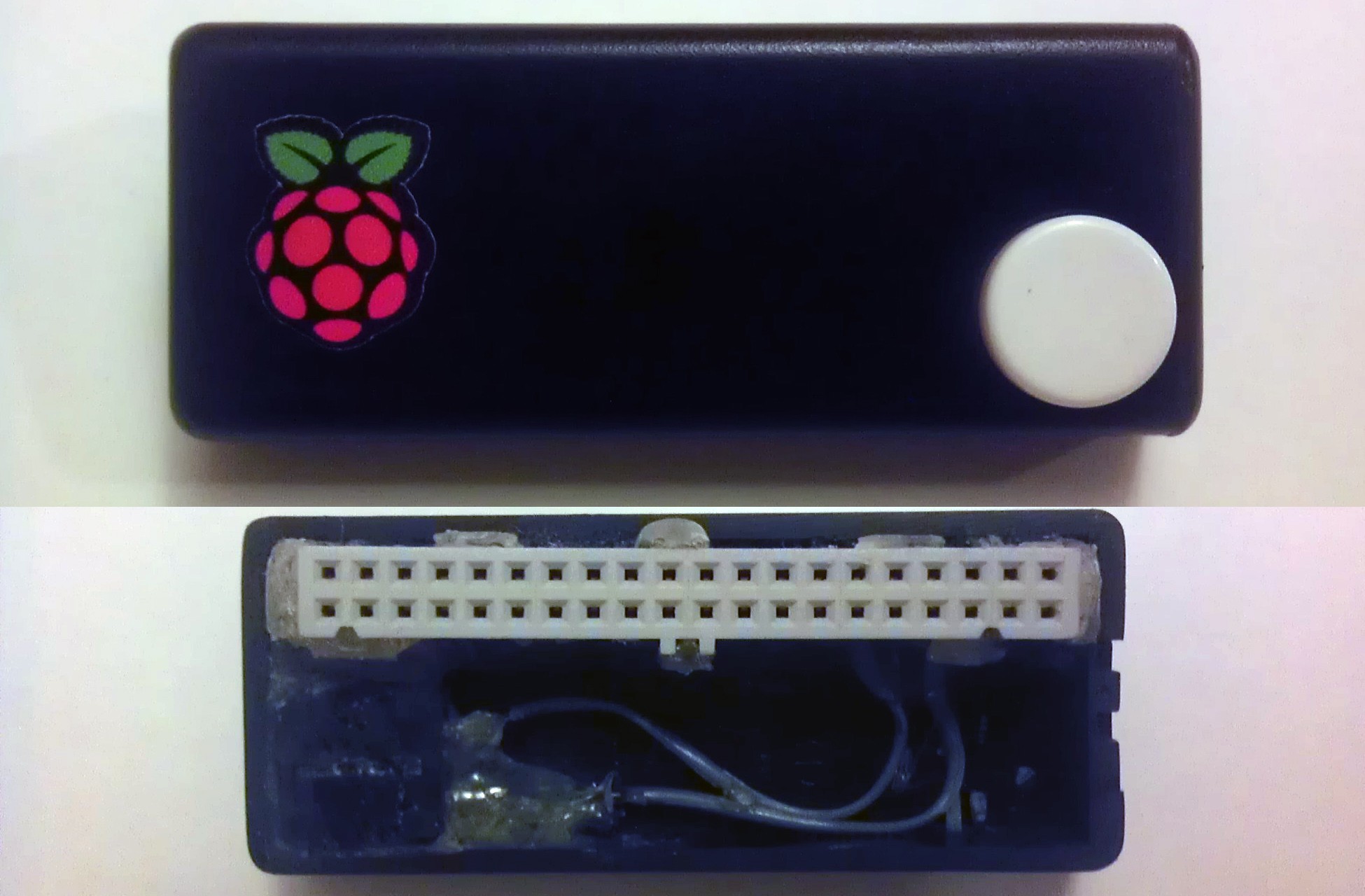
On the RPiP it looks like this...
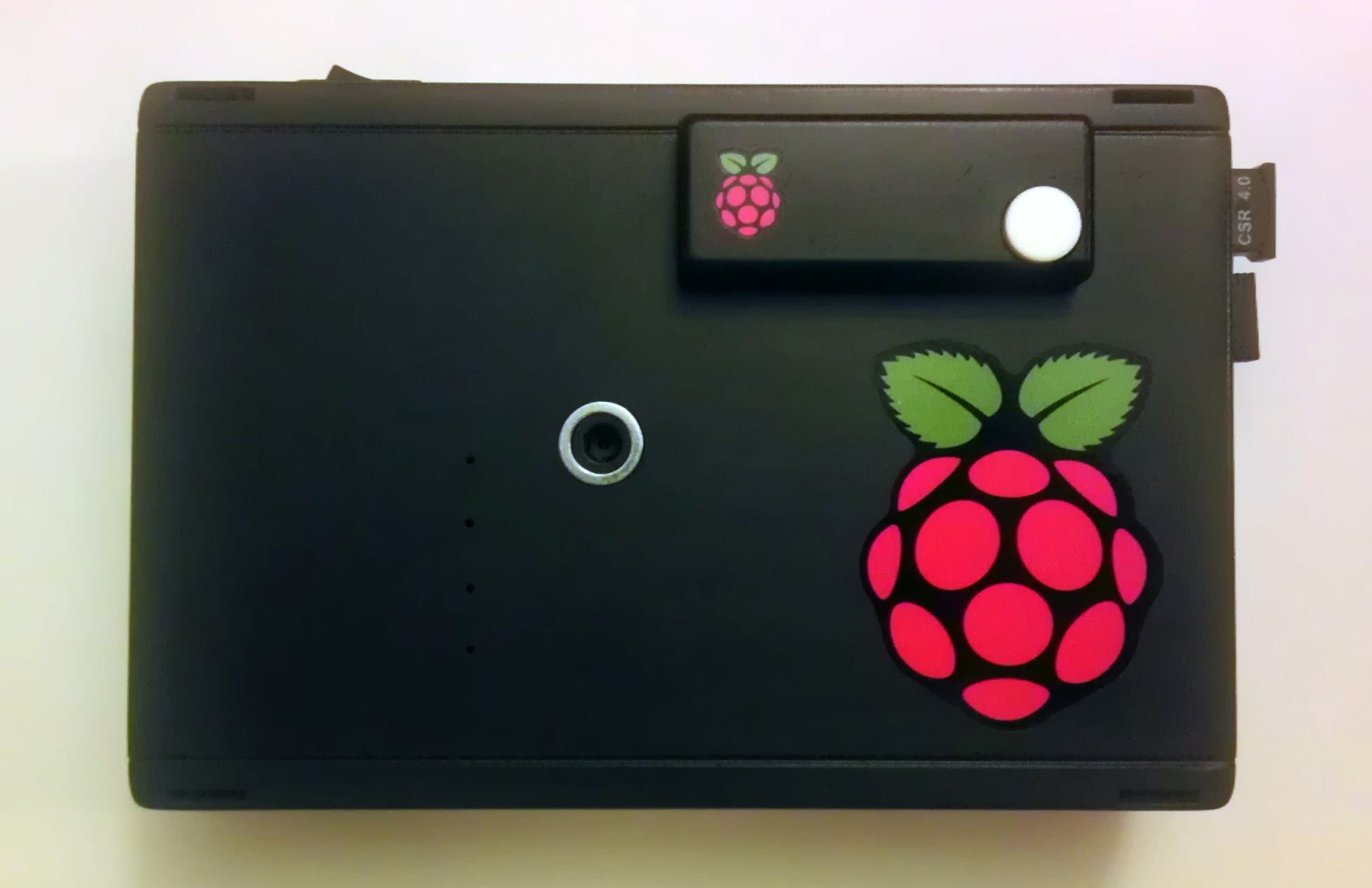
All you have to do is use the sudo IDLE command to open Python in Superuser, then load your script. Mine is set to load a preview and take a picture on button press or record a video until the button is pressed again.
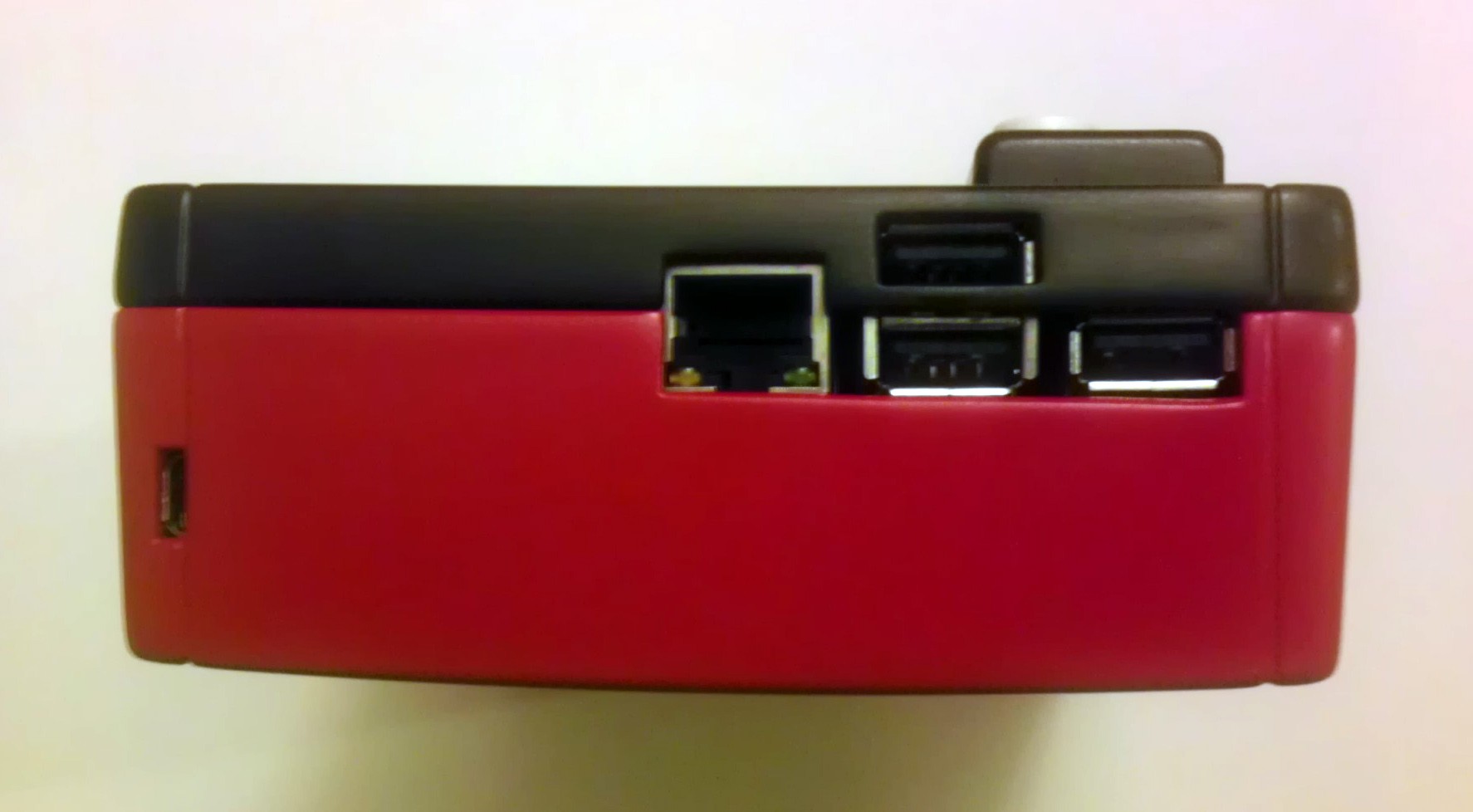
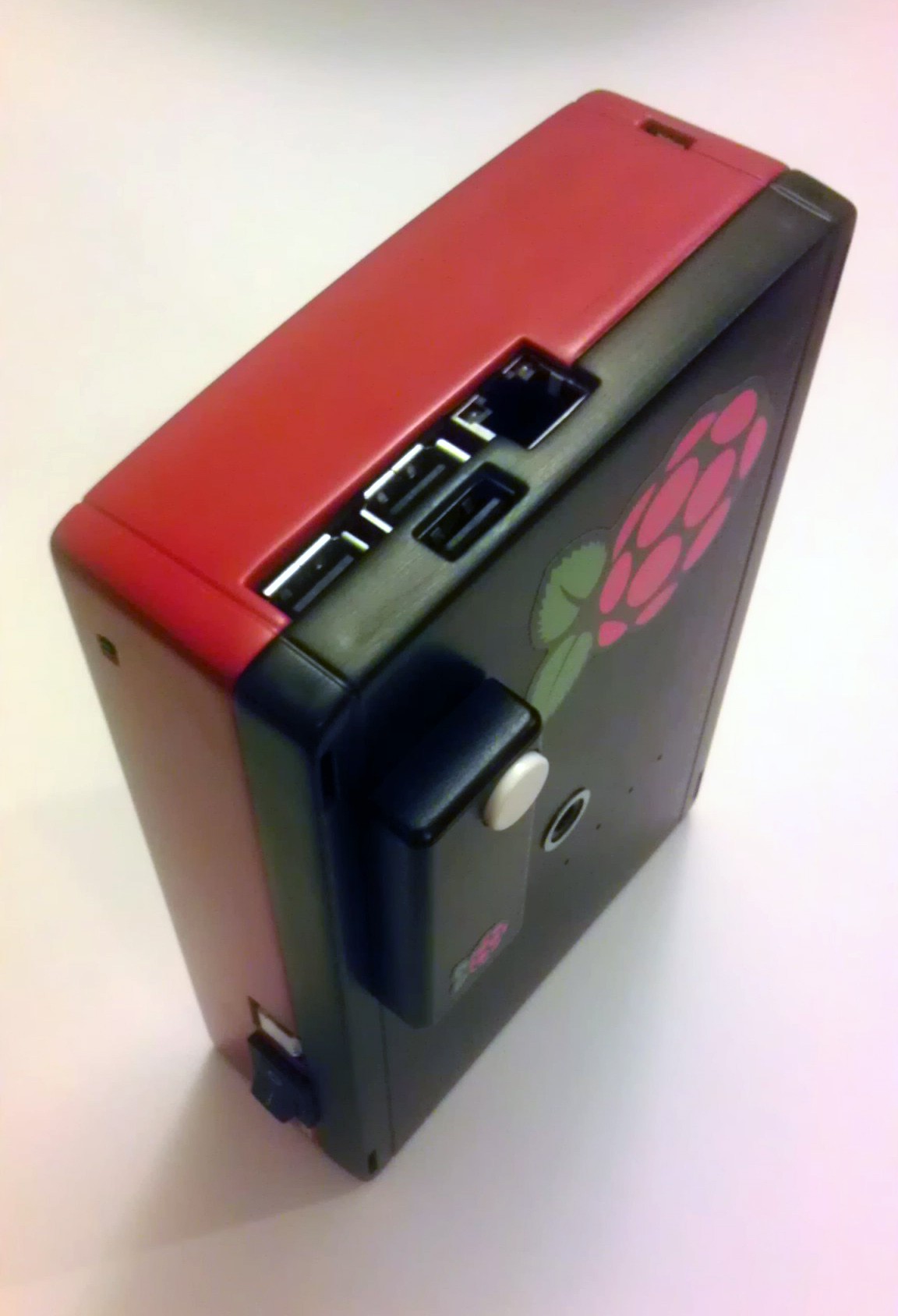
A very simple but useful little add-on to turn this project into more of an HD camera than just a mobile computer. Go spend the hour or so and build one for your RPi! :D
I used the code from the RPi website and built off of it to customize the way the camera loads on the screen. Here's the link below.
https://www.raspberrypi.org/learning/python-picamera-setup/worksheet.md
Basically for the housing itself, I gutted a dual AAA battery holder and used the larger half of the casing. I drilled a hole for the tact switch and soldered the wires leading from pin 17 and GND on the 40 pin connector to the two leads on the button. Then I glued everything in place. This is a picture of the front and back of the unit itself.

On the RPiP it looks like this...

All you have to do is use the sudo IDLE command to open Python in Superuser, then load your script. Mine is set to load a preview and take a picture on button press or record a video until the button is pressed again.


A very simple but useful little add-on to turn this project into more of an HD camera than just a mobile computer. Go spend the hour or so and build one for your RPi! :D
Labels:
computer,
diy,
electronic,
gaming,
handheld,
linux,
portable,
programming,
raspberry pi,
rpi
Sunday, August 16, 2015
Details about my build
With knowledge from building portable game systems in the past, I
went forth seeking my components. My first idea was to build a BMO Pi,
and the case I had was perfect.
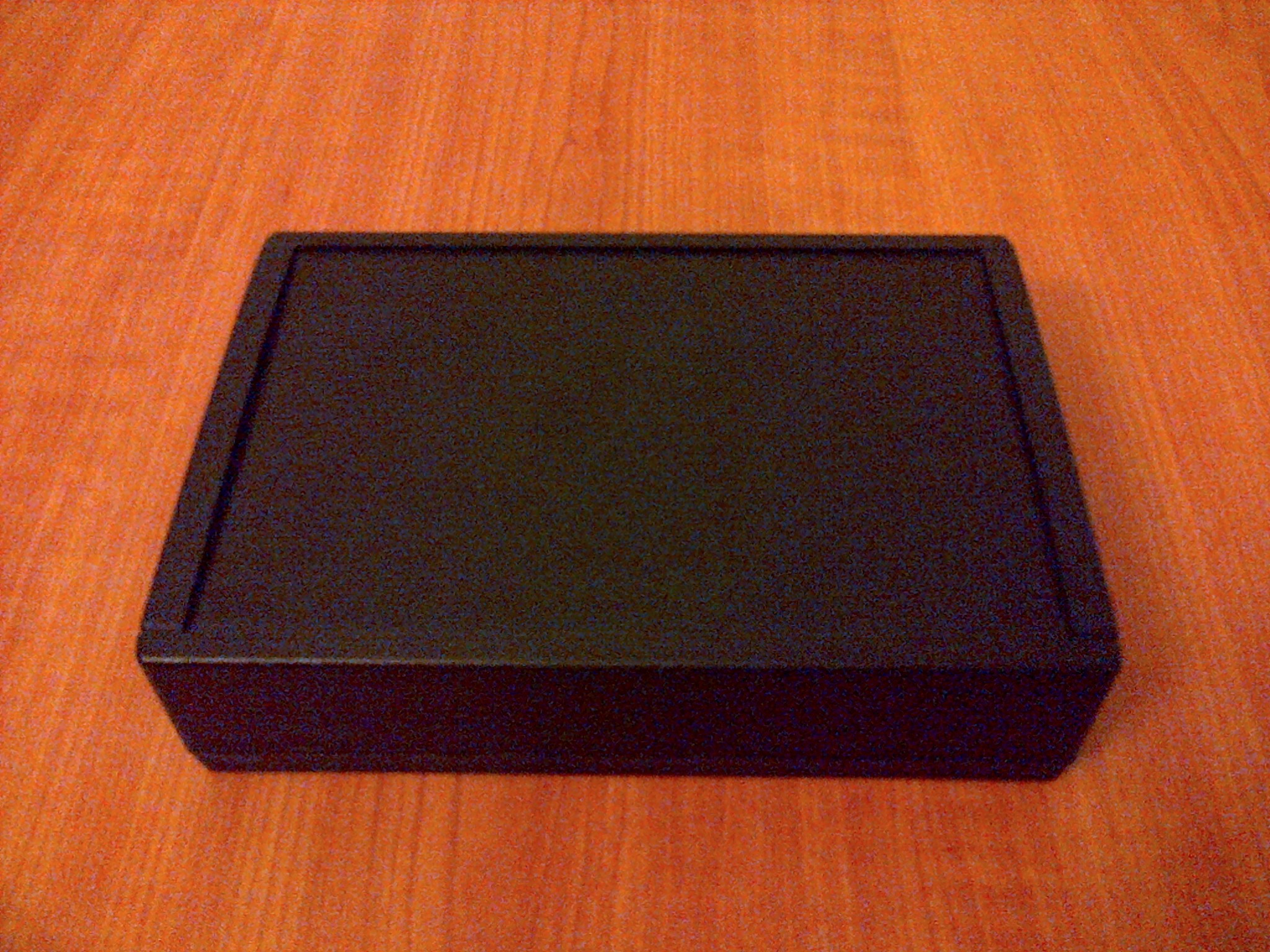
But after deciding what I really wanted to do with my chip pc, my best option was to do a landscape slate/tablet styled PiP.
I cut the holes for the screen and inputs by hand with an x-acto knife so I could be careful to not cut away too much plastic.
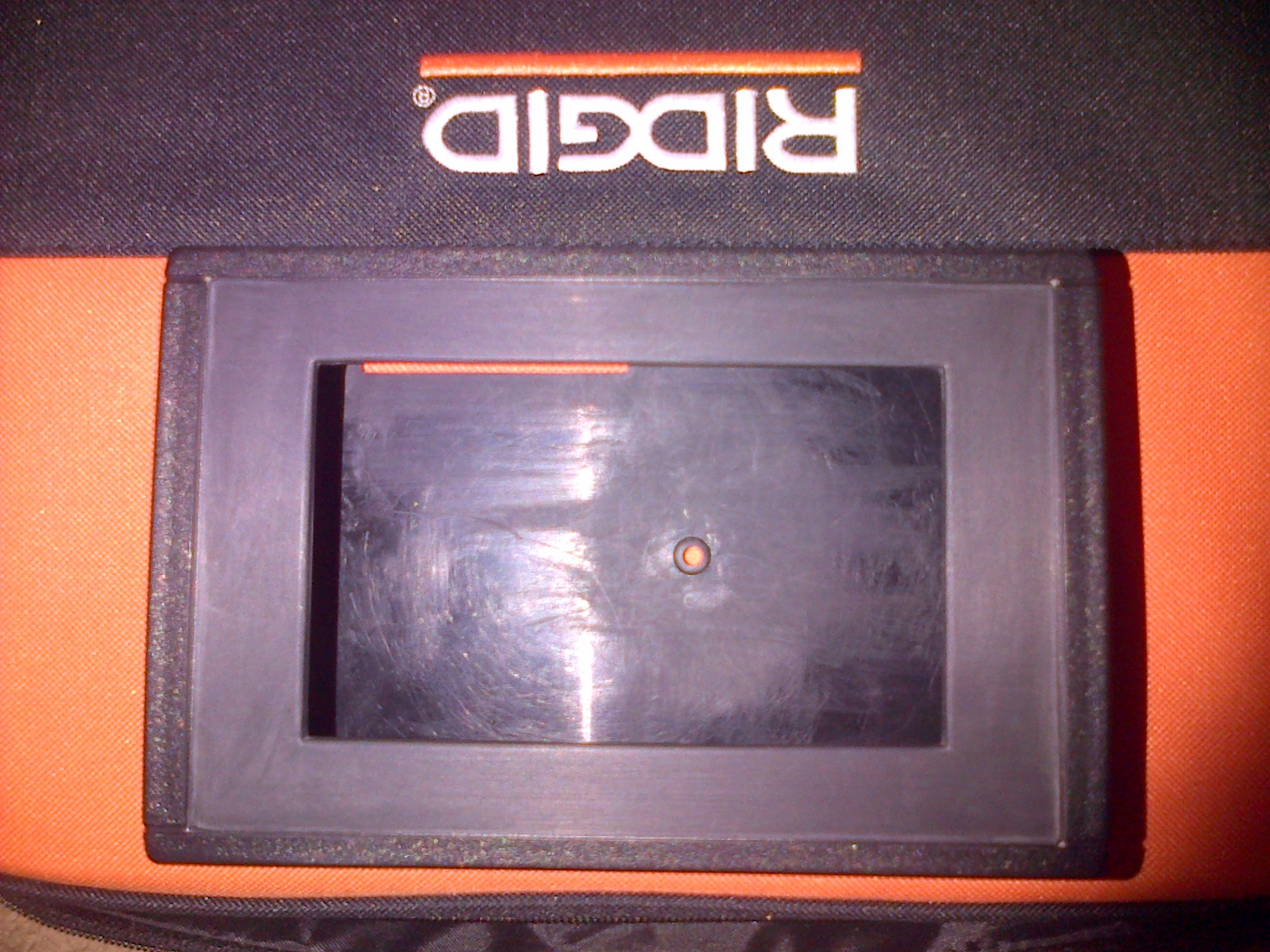
I was very tedious work... I used a small drill to do other circular holes 'n stuff. @_@
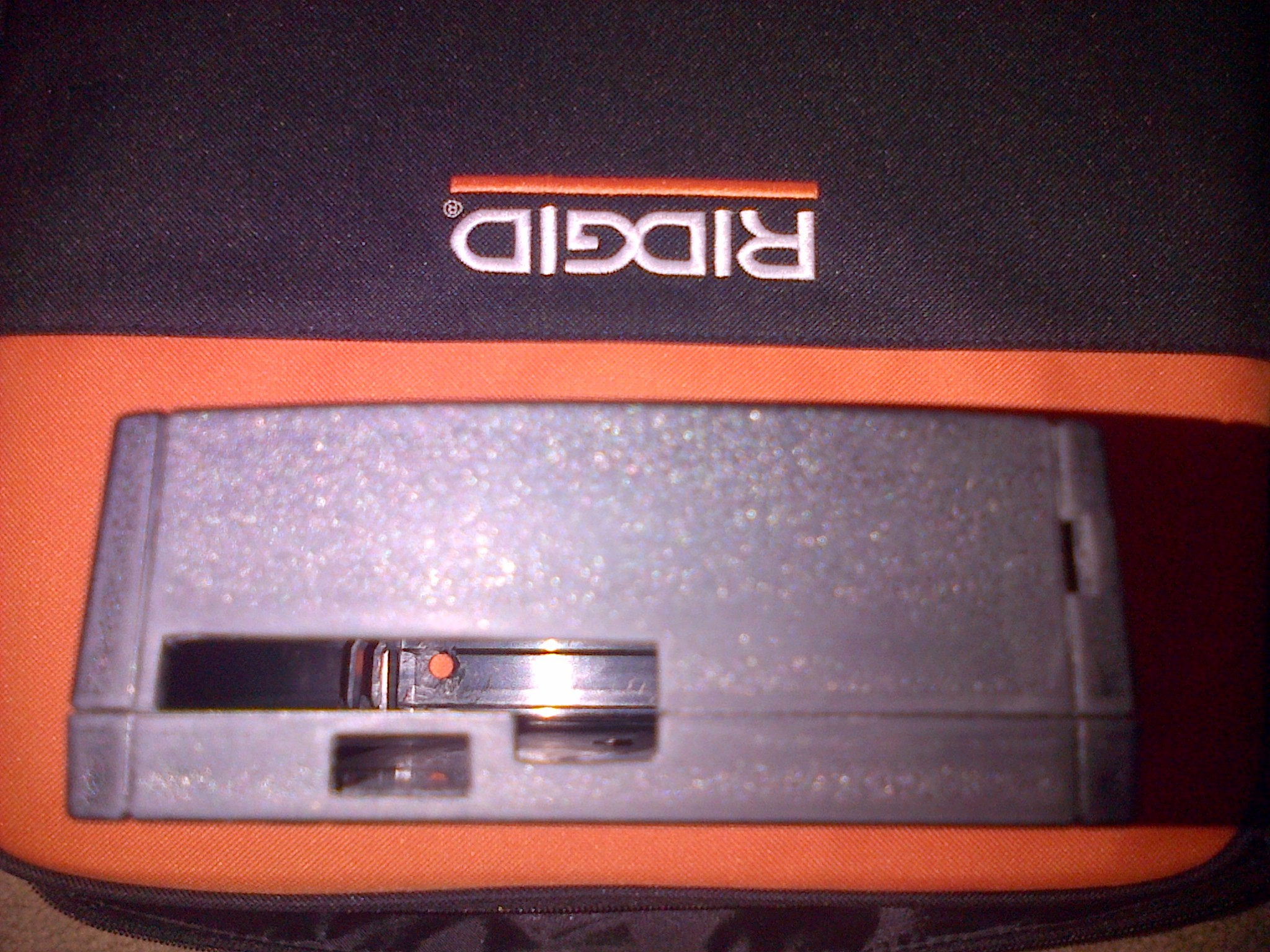
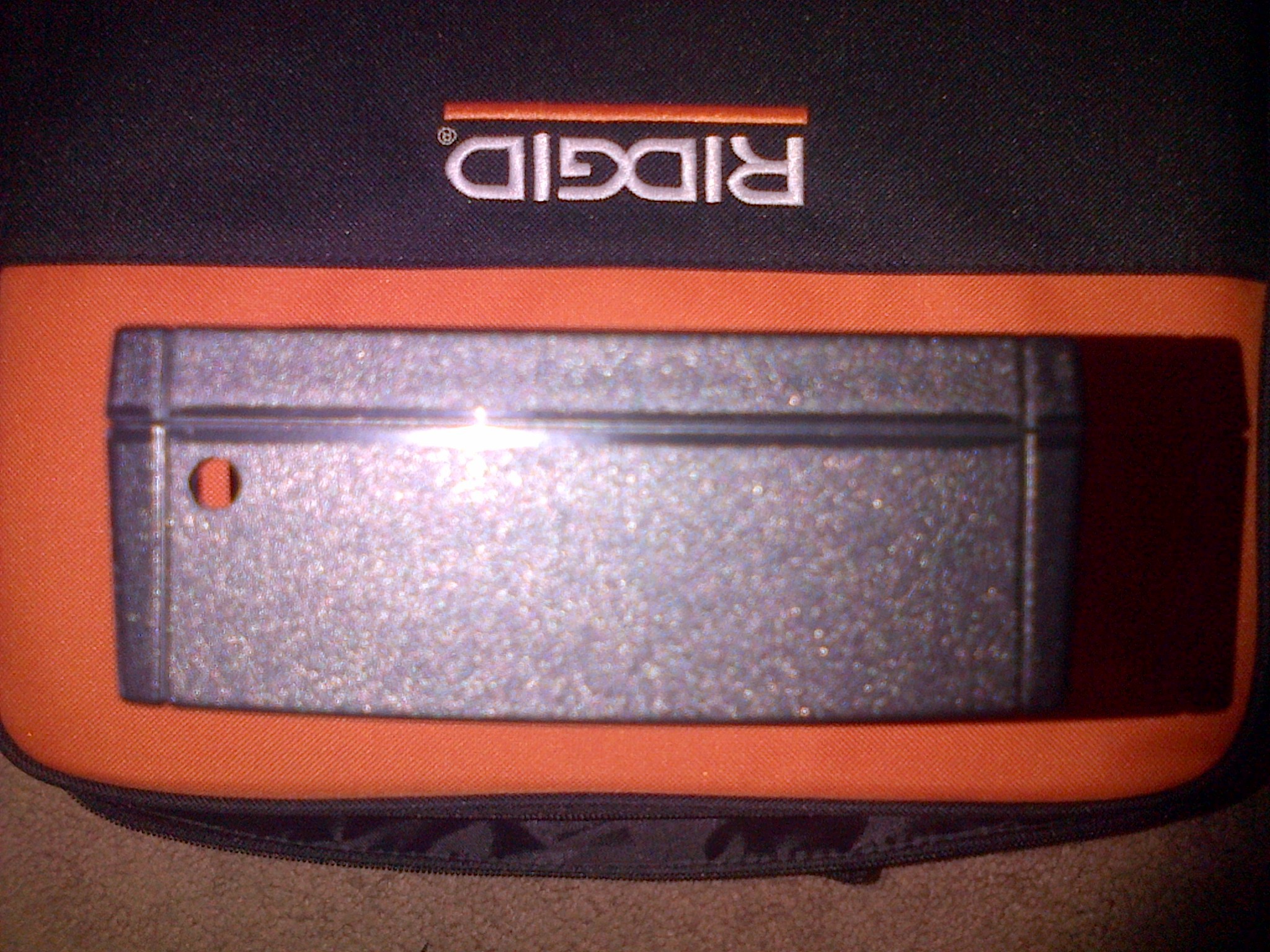
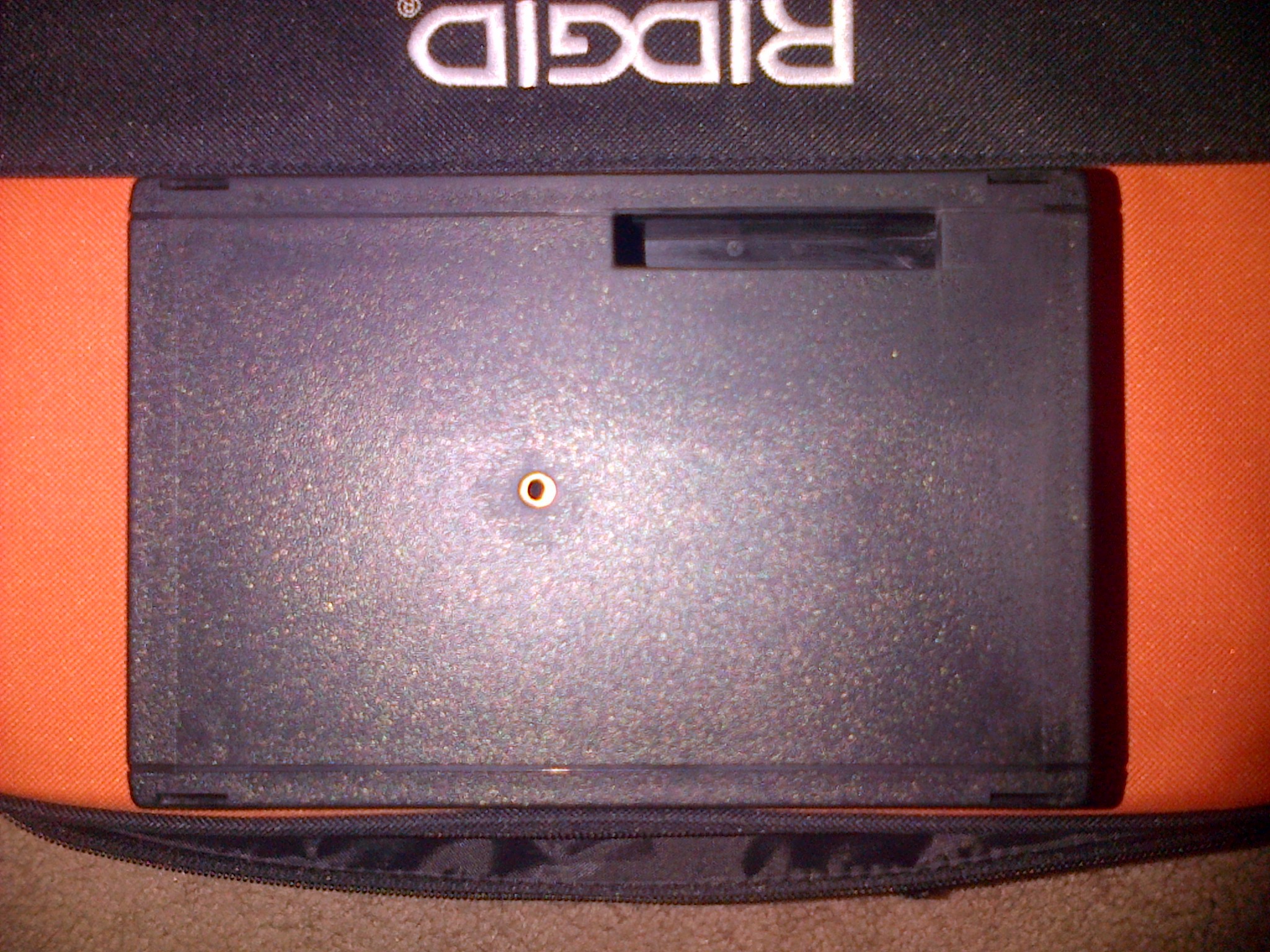
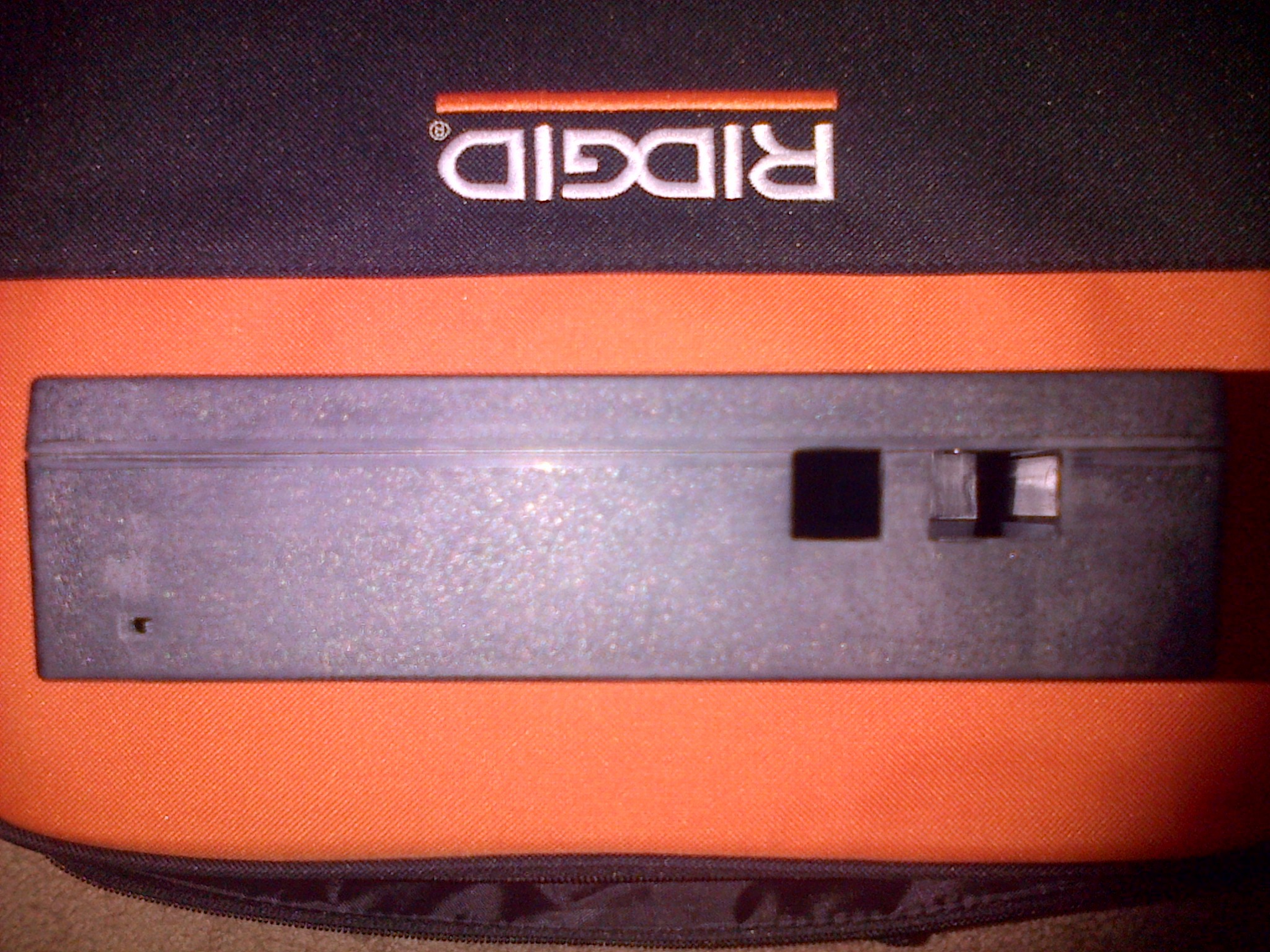
After sanding the case down and cleaning all excess dust and plastic, I used a PPS gun to spray Hi-Build Polyurethane primer over both halves.
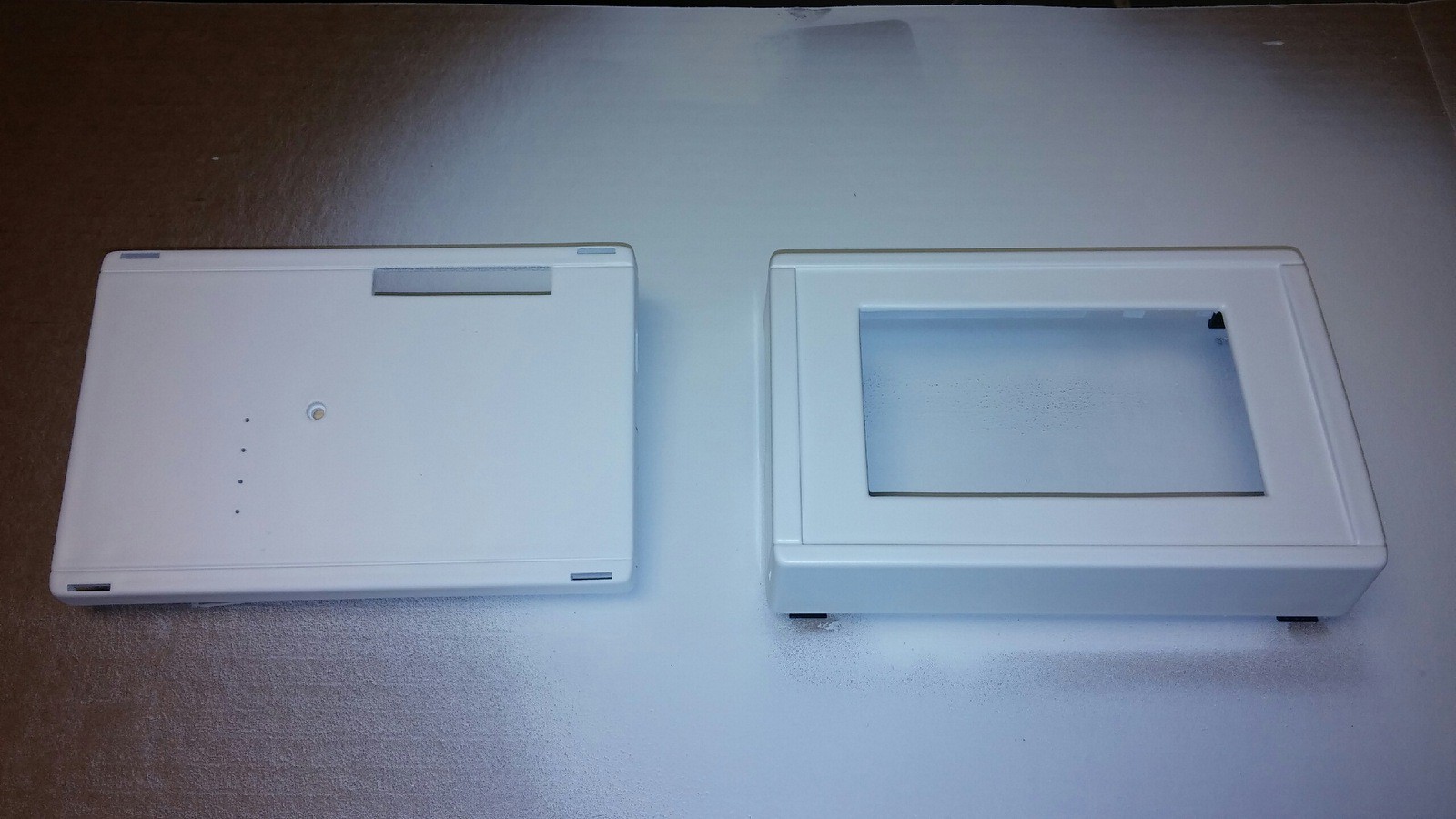
I put the case back together and sanded in between coats. The product is from the Italian coating company ILVA. Very good stuff. Powdered so nicely. We will get back to the case shortly.
Now let's talk about the actual electronic components. This will be fun. :)
First off, power is needed to run the whole device. I bought a 8000mah usb power bank online. With both 1a and 2a outputs, It was perfect to power everything.
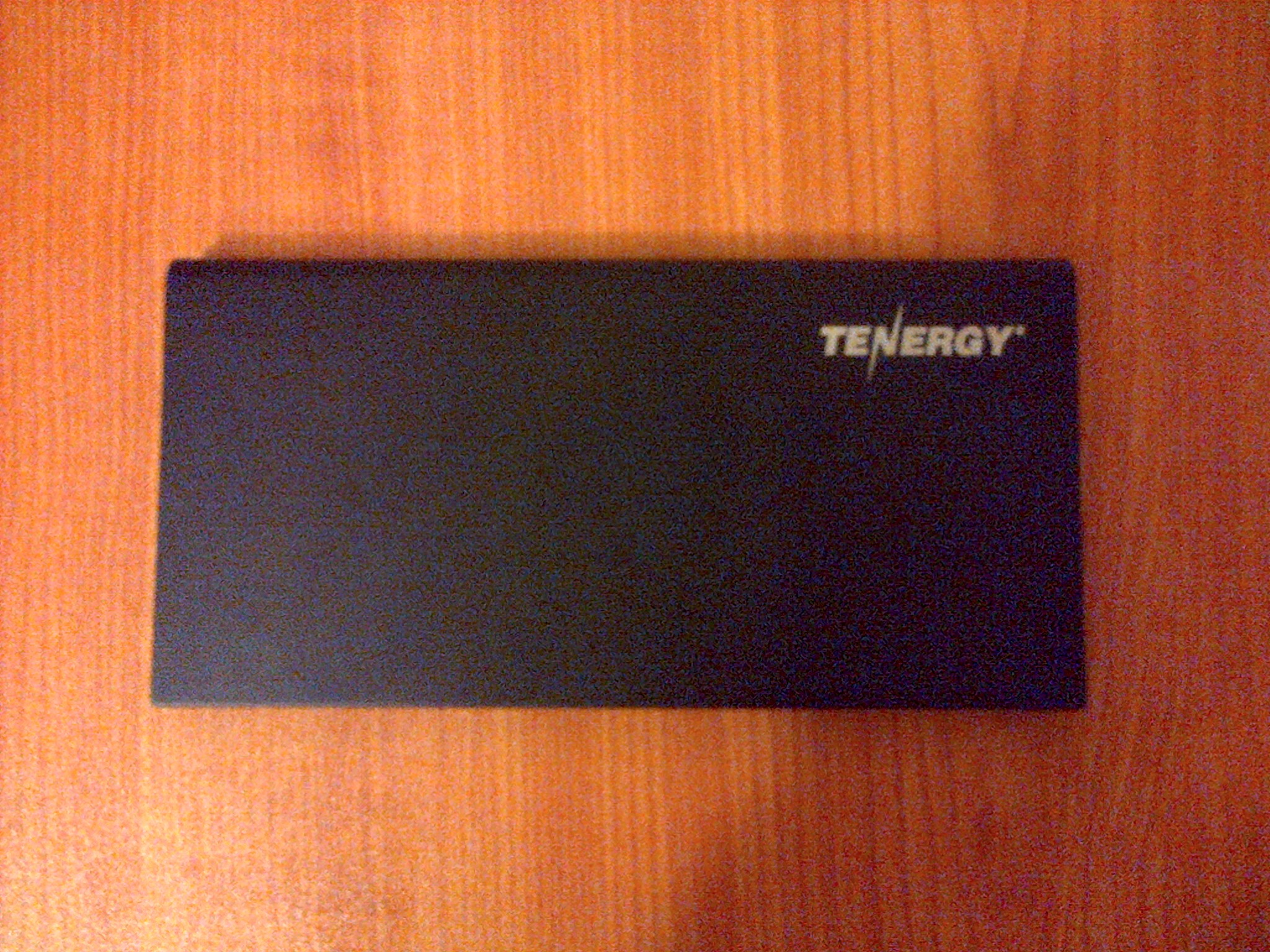
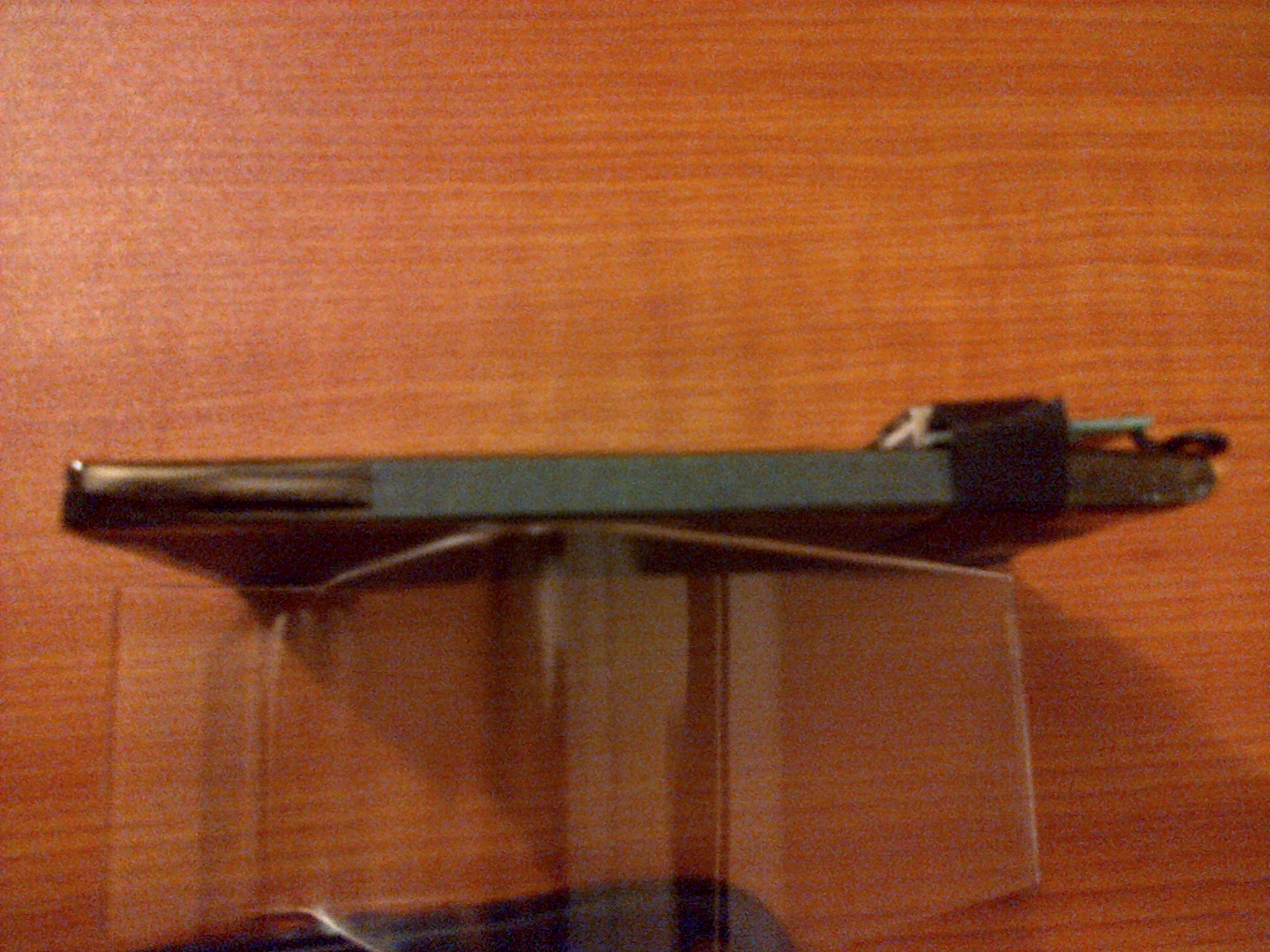
It was quite thin being only one large cell. I scored BIG TIME Ricky! IT fit perfectly in the case with room to spare.
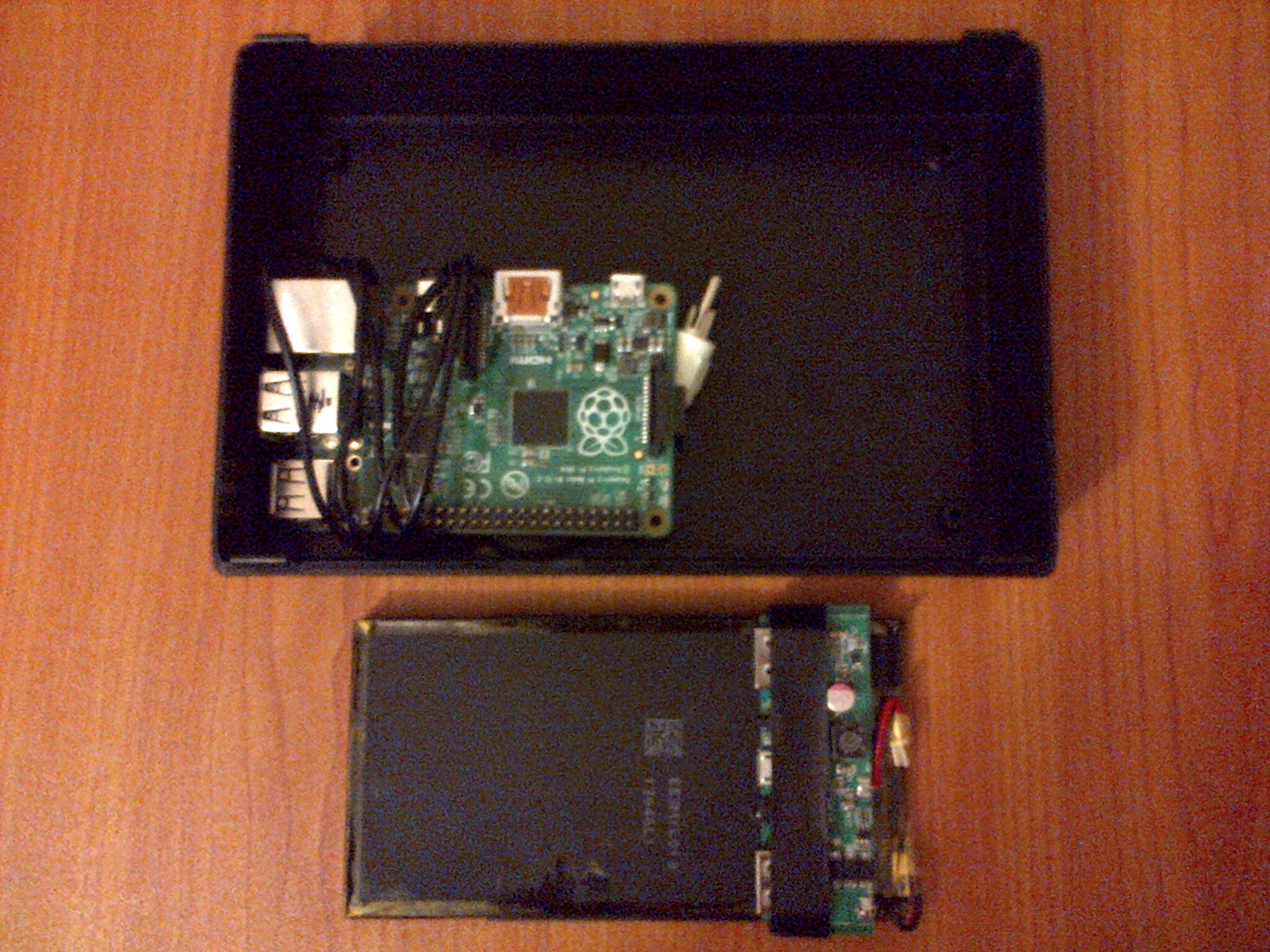
I now needed a screen and the cords to connect everything. I purchased an Adafruit 5" TFT backpack with touch, along with some usb connectors and a right angled hdmi cable.
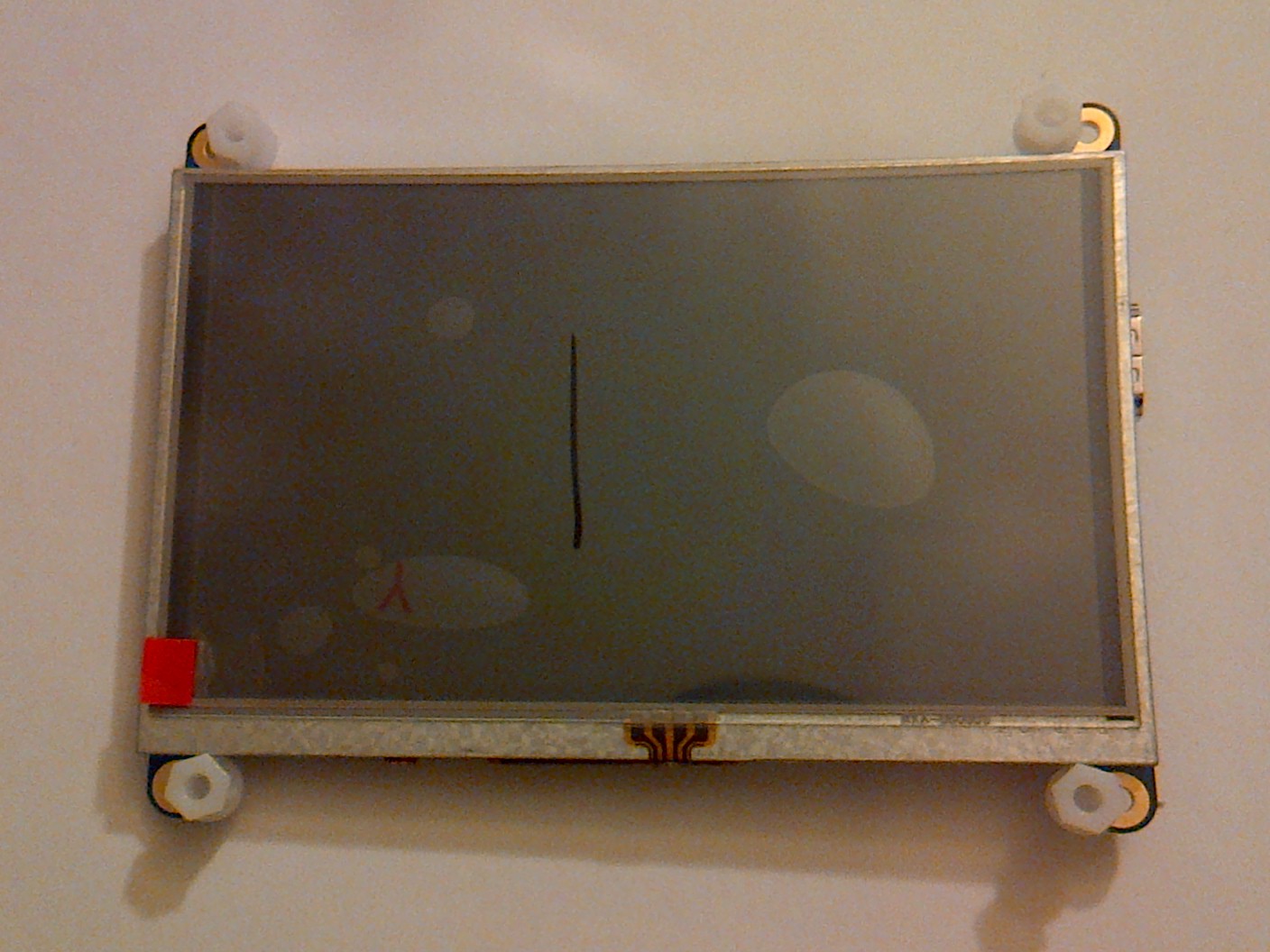
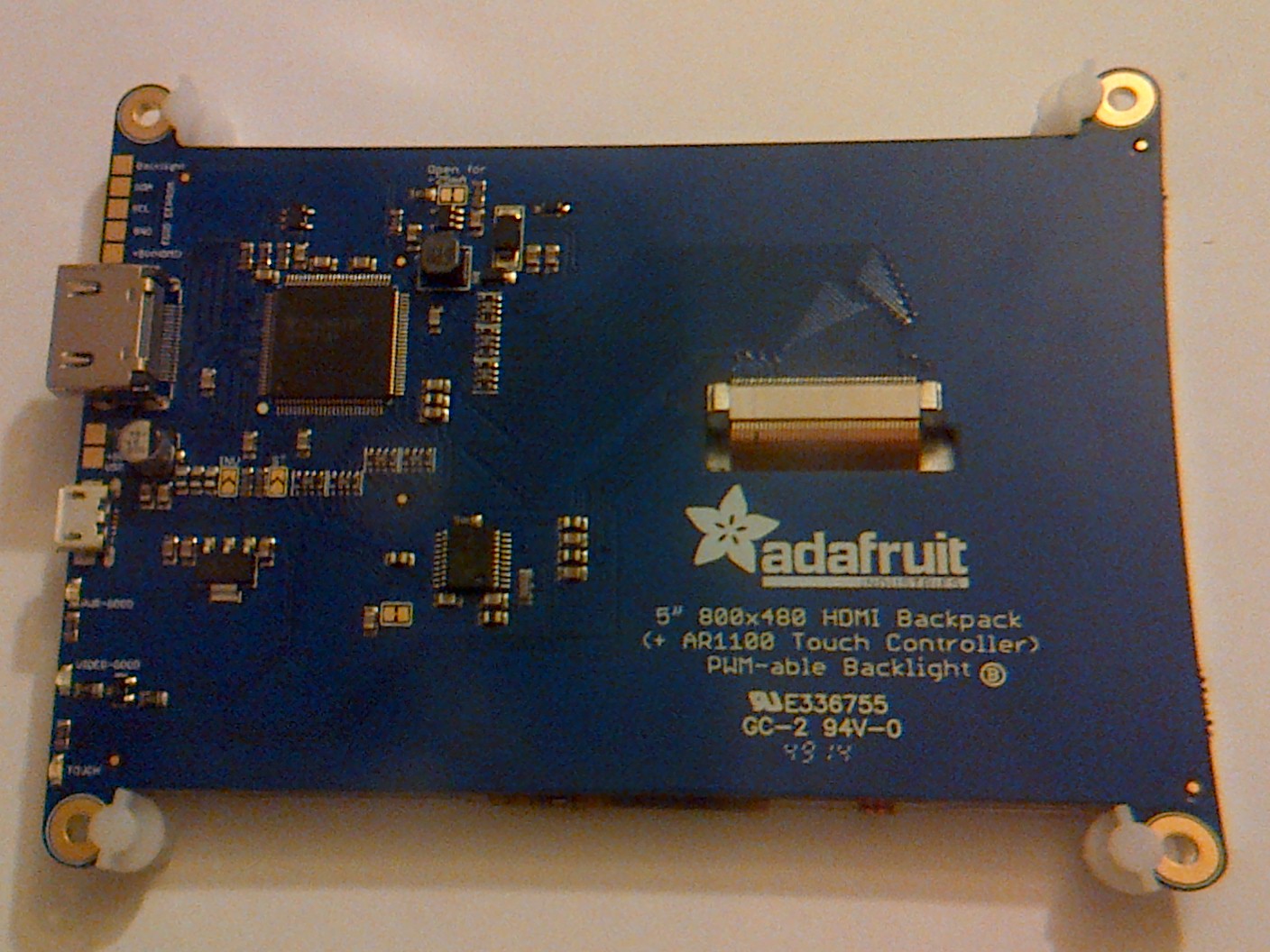
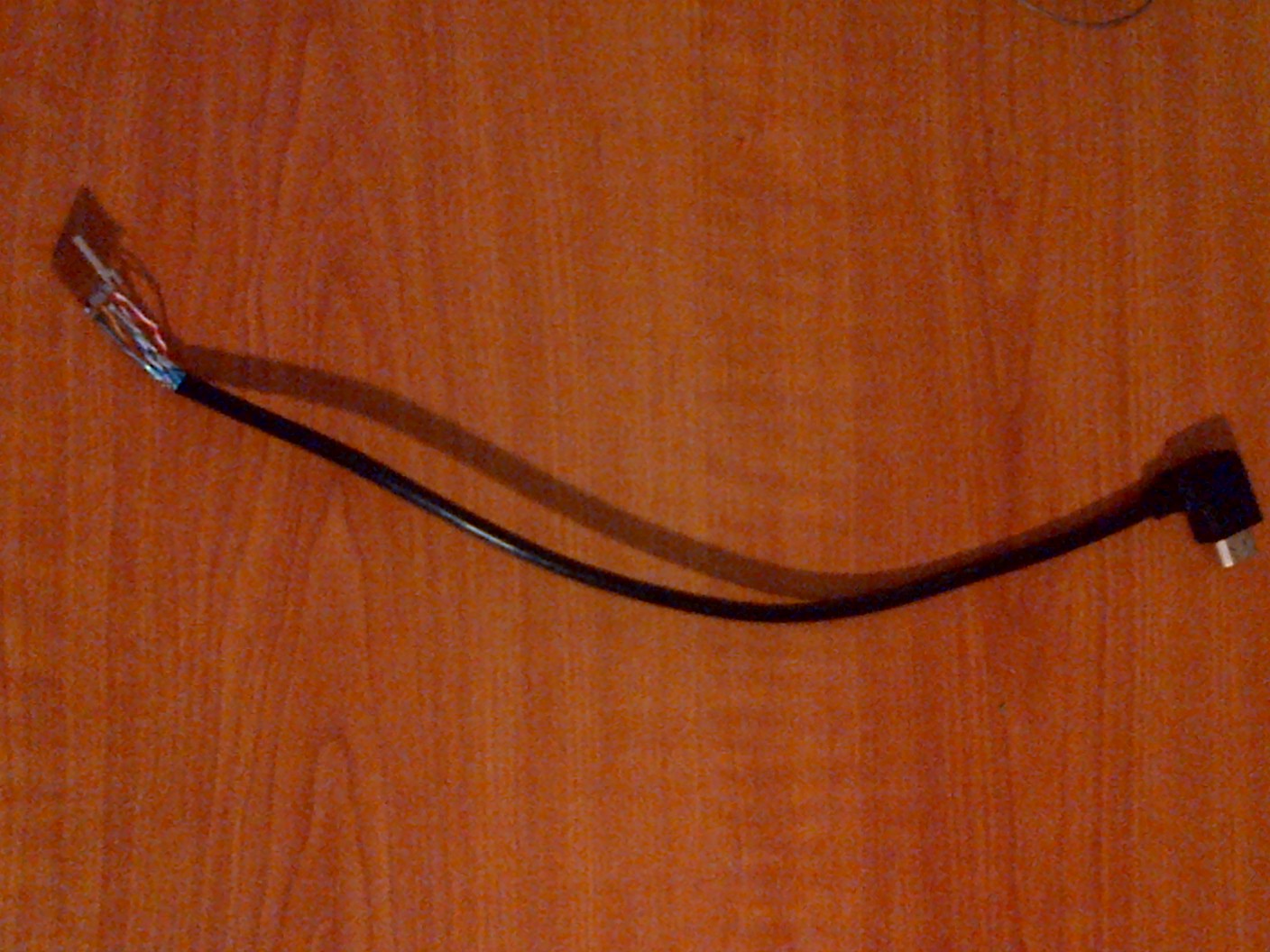
I had to cut the hdmi cable to shorten it and attach a new male end so that it would fit inside the case when plugged into the screen.
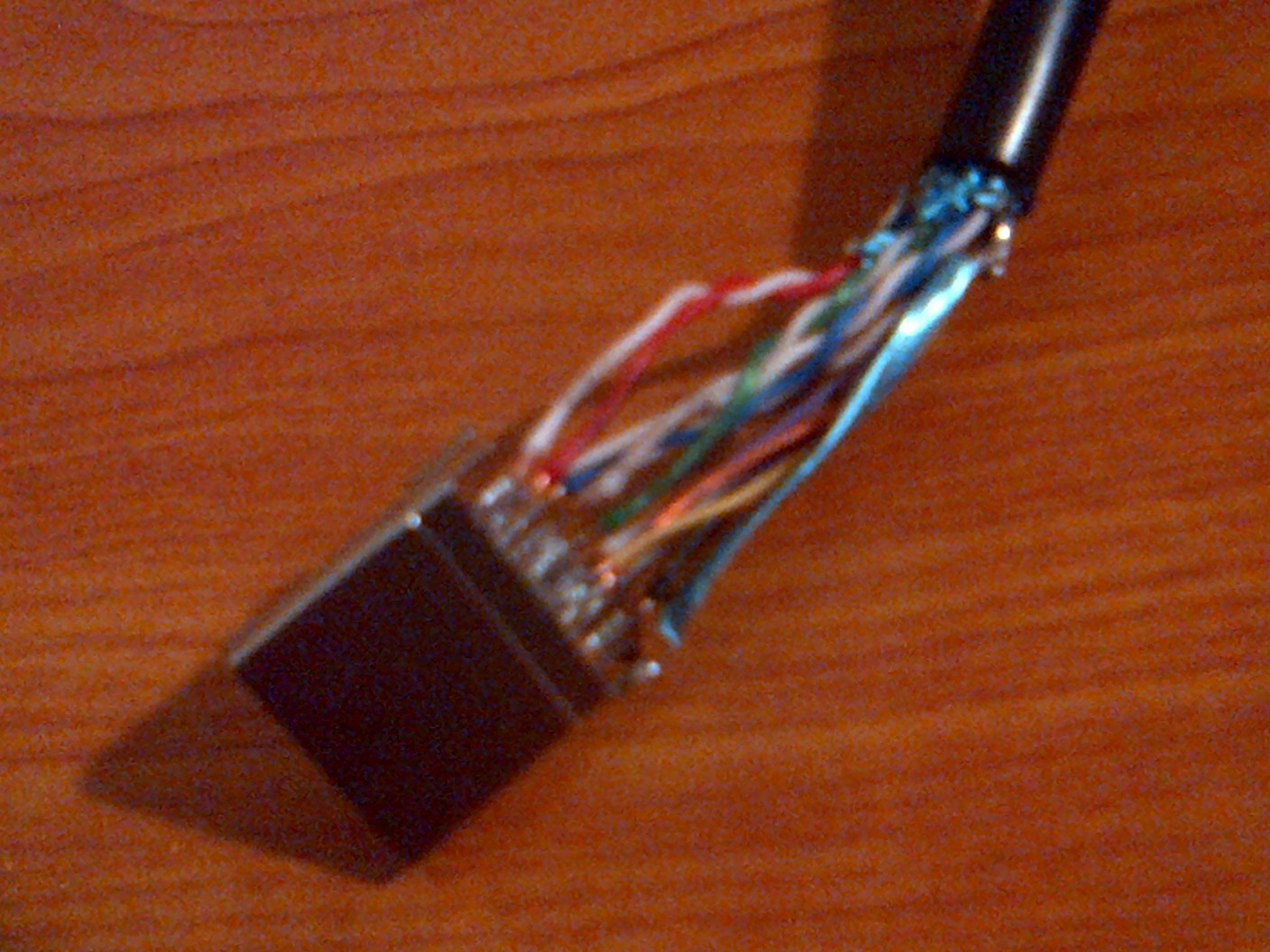
That's a lot of wires. CURSE YOU HIGH DEF VIDEO!!!!!!!!!!!!!!!!!!!!!!!!! worth it tho.
I made a few micro usb cables to connect to the Pi and the screen.
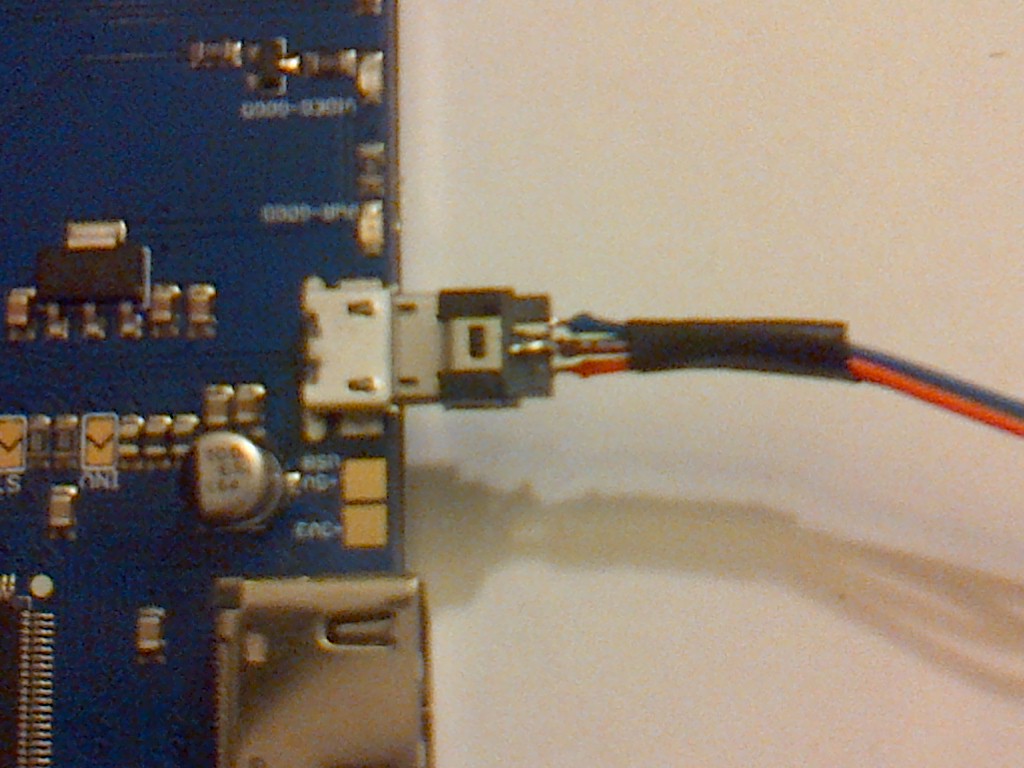
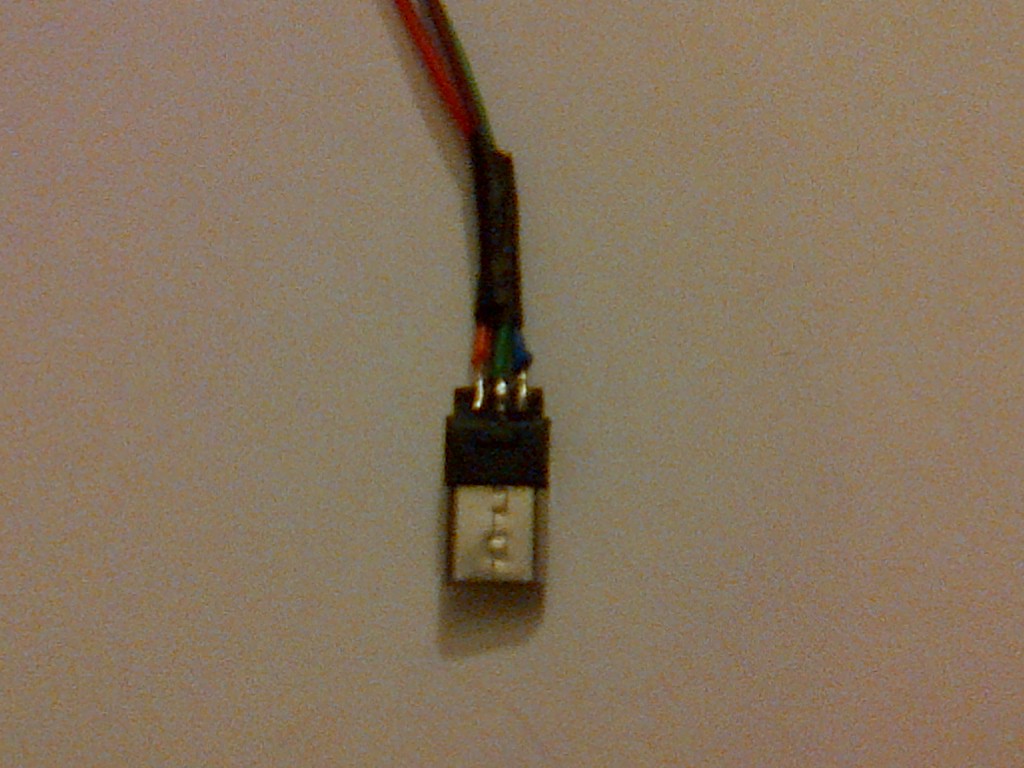
Already having a RPi B+, I removed one of the dual usb ports from the board and attached a new single usb port.
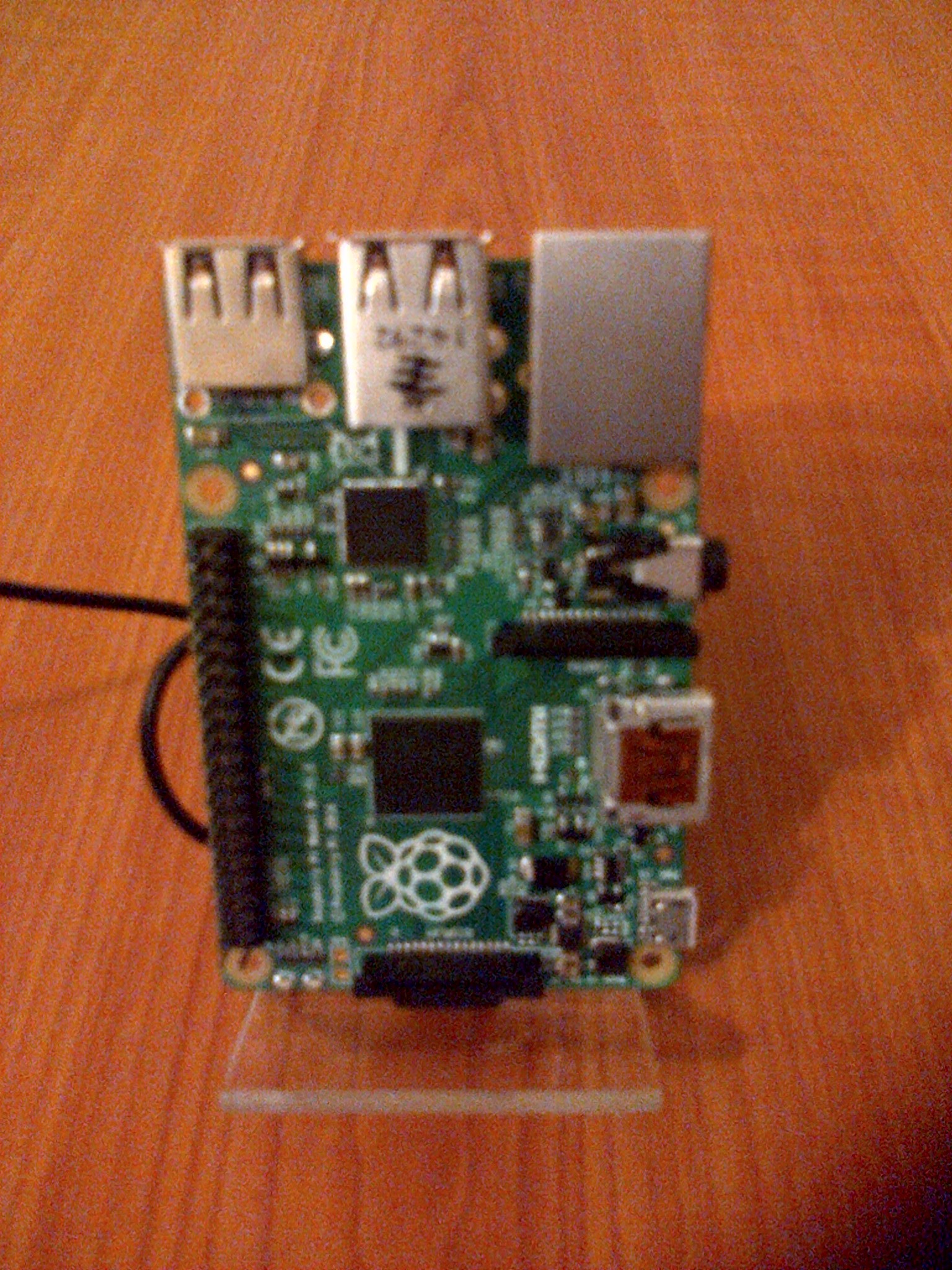
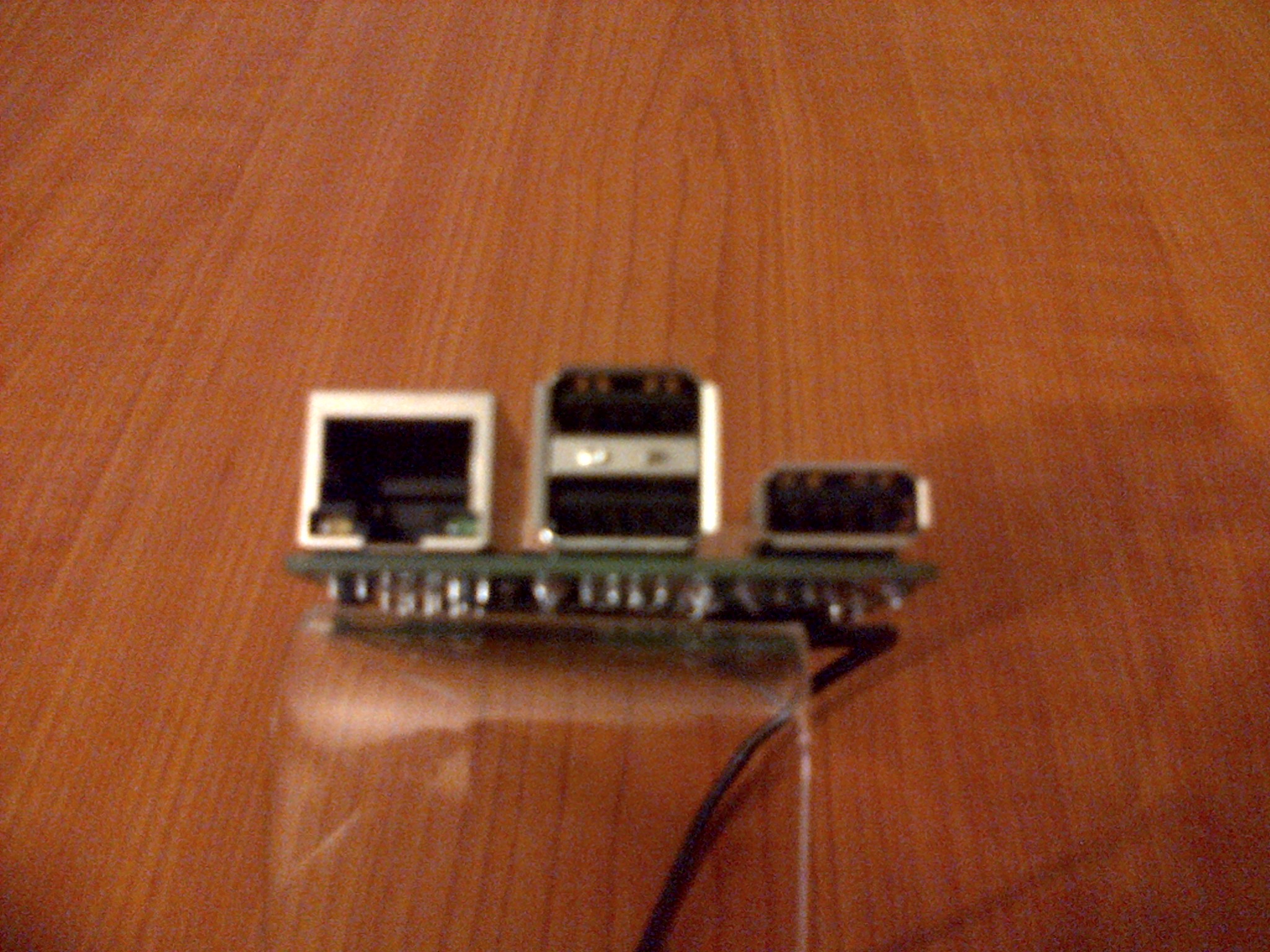
Then I soldered a micro usb plug to the open pins on the Pi to power the screen. Next was to solder the power switch circuit and the 3.5mm audio jack for sound.
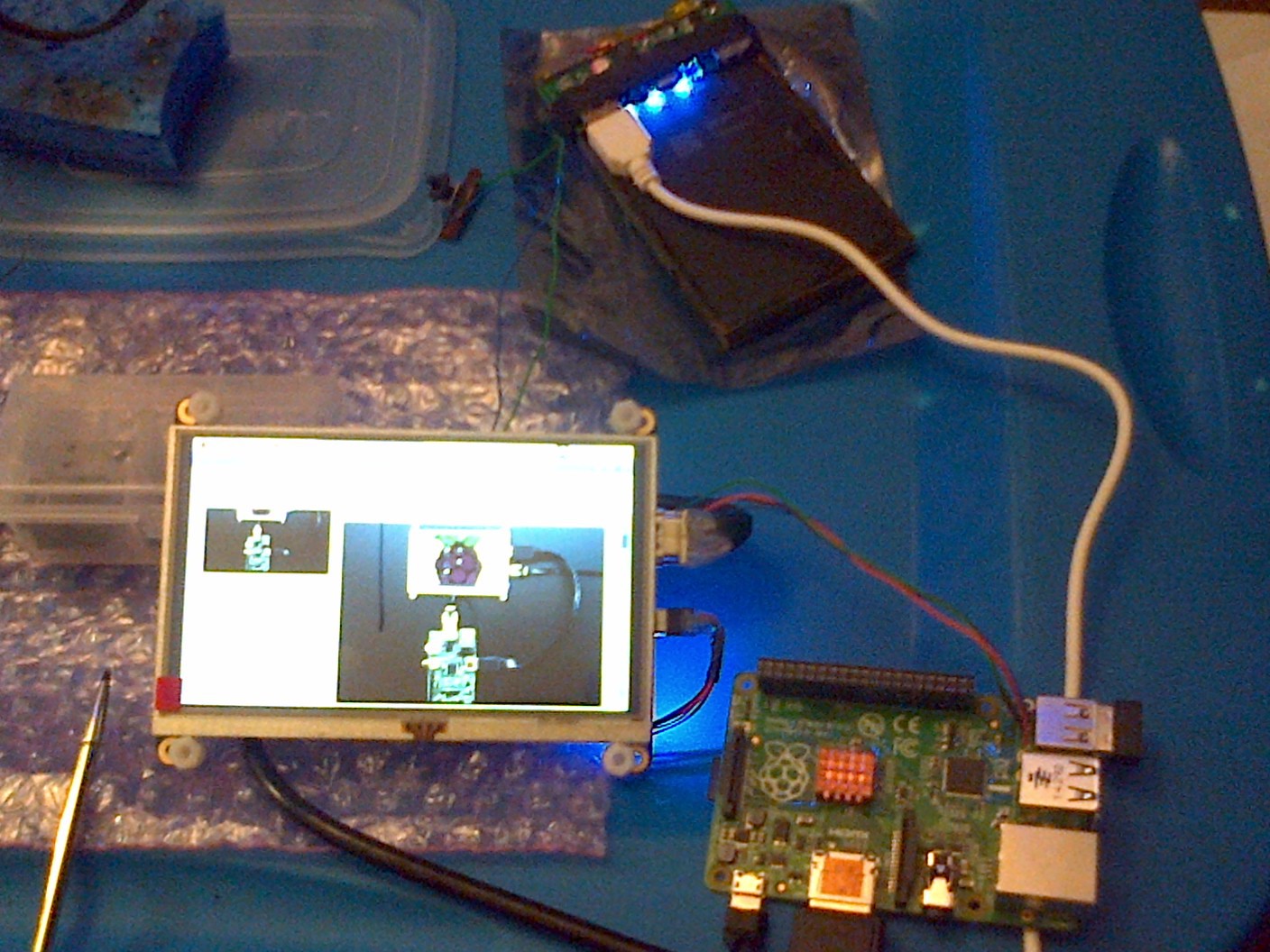
Finally I could fit everything together inside the case. But not before finishing the topcoat polyurethane coating. Raspberry Red on the front, matte slate gray on the back.
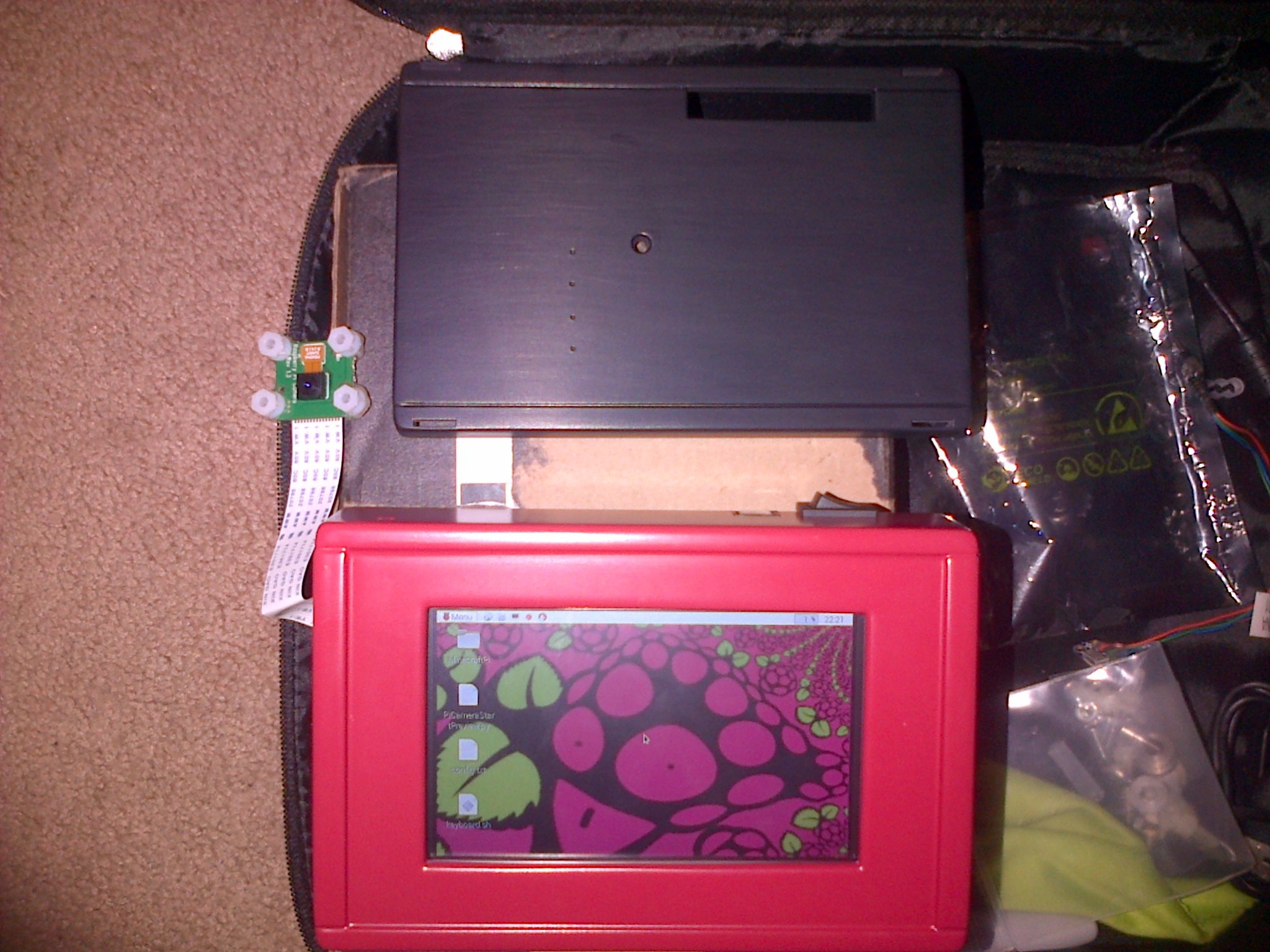
I had to loop some wires inside the case and glue down the ports to the inner walls. It may be a bit messy, but it is sturdy and leaves room for air flow.
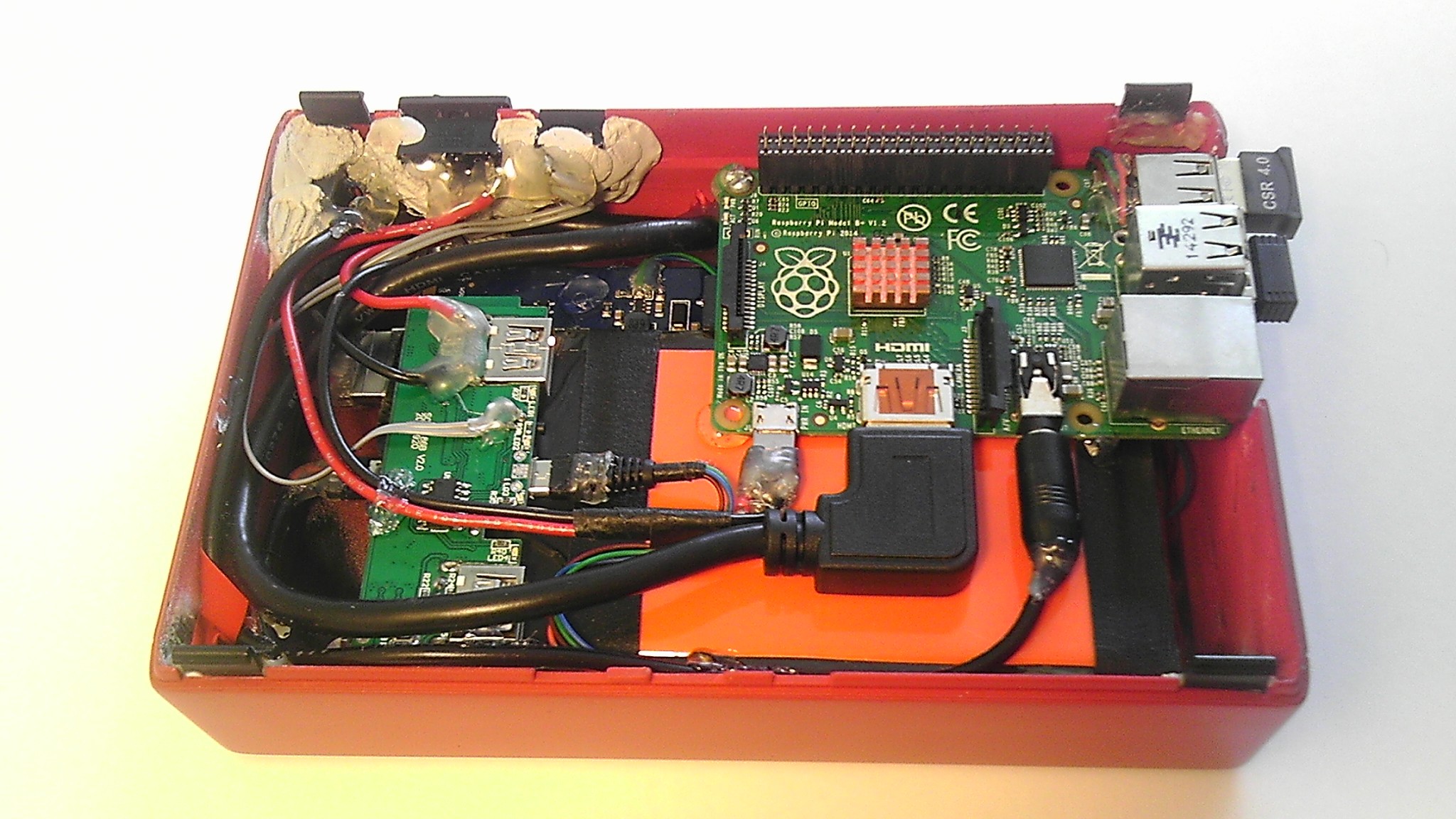
I attached the Picam to the back of the case with circuit board mounts and glue.
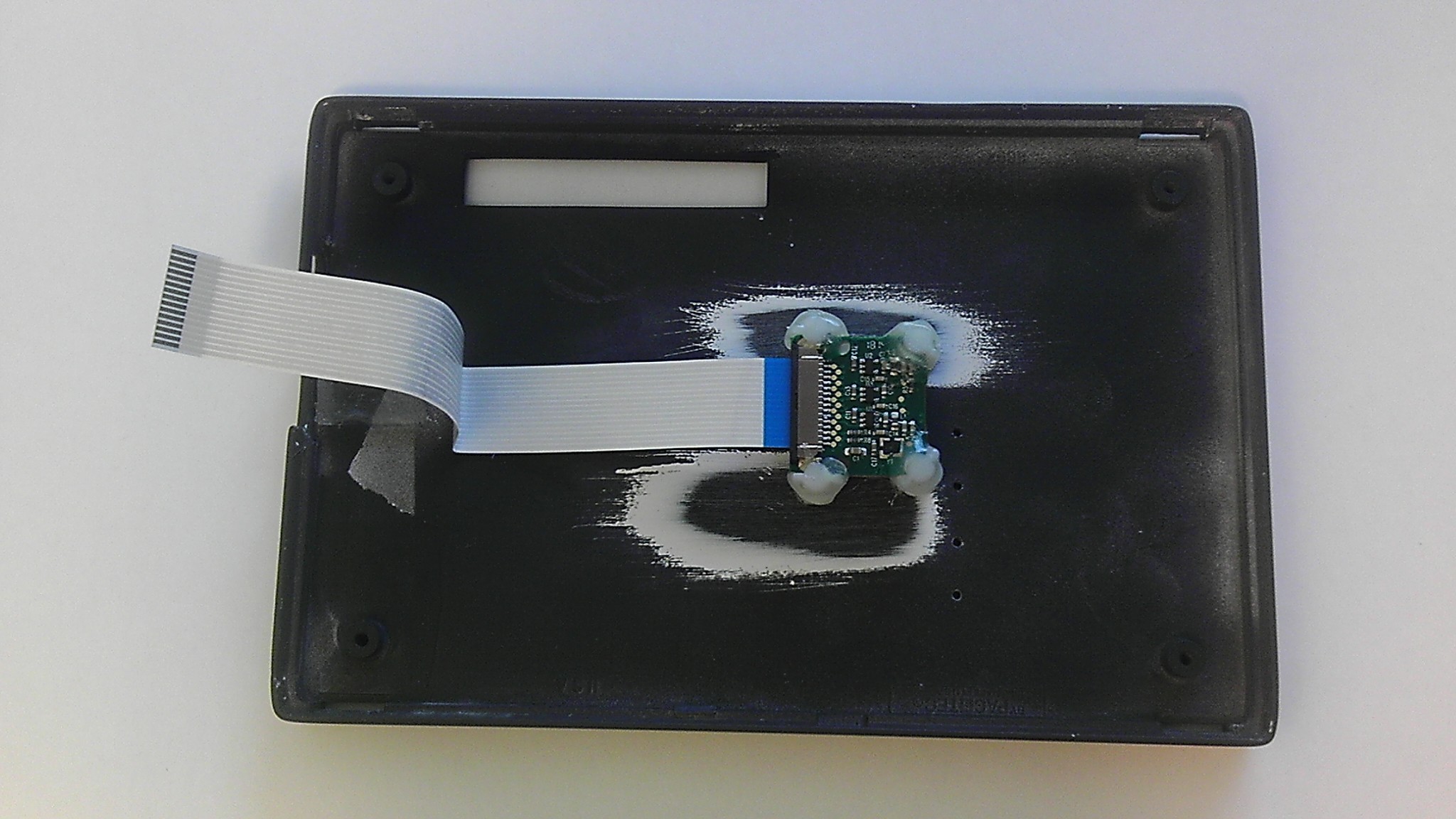
Finally my creation is ready to come alive!
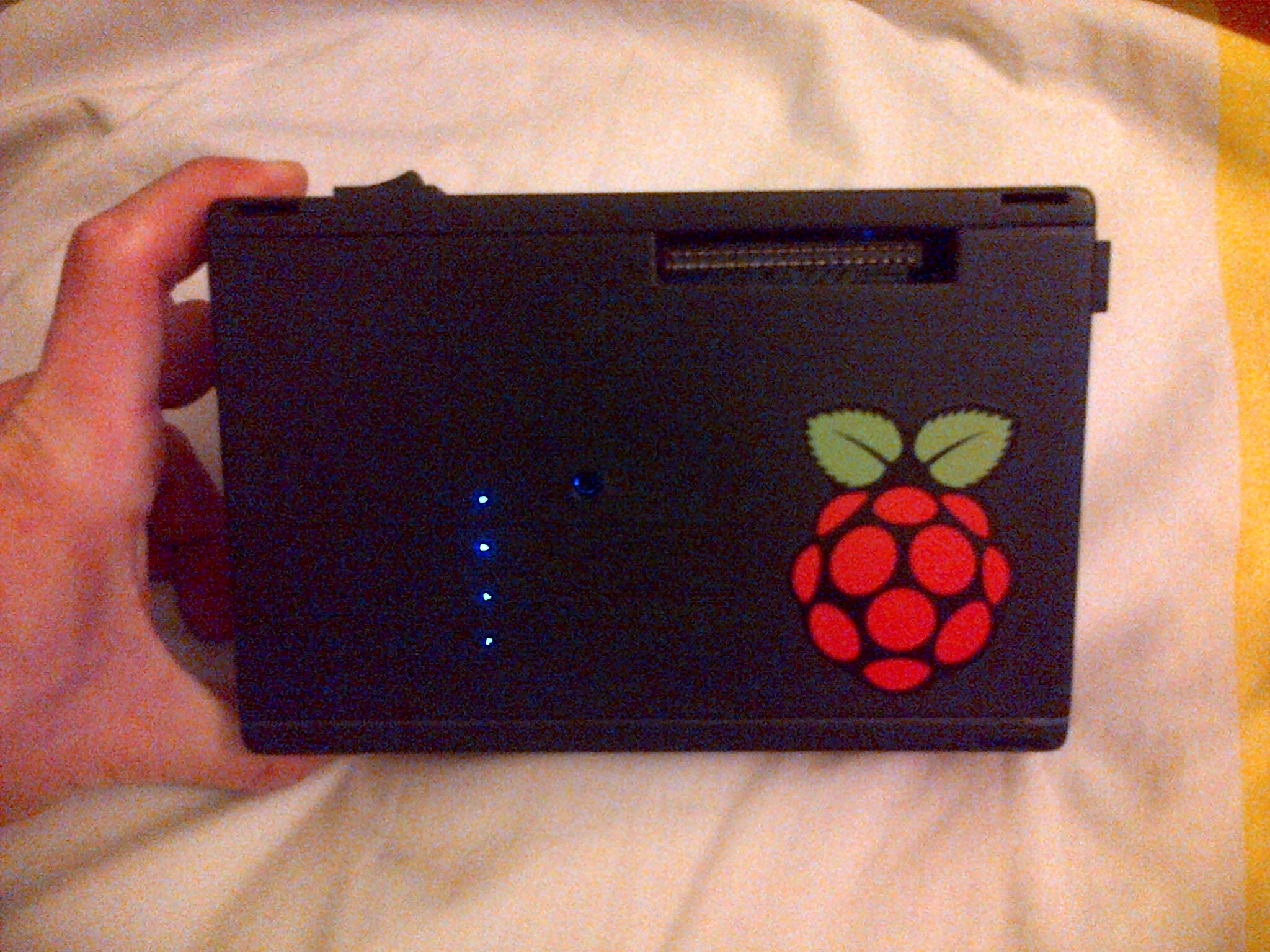
IT WORKS!!!! YIS!
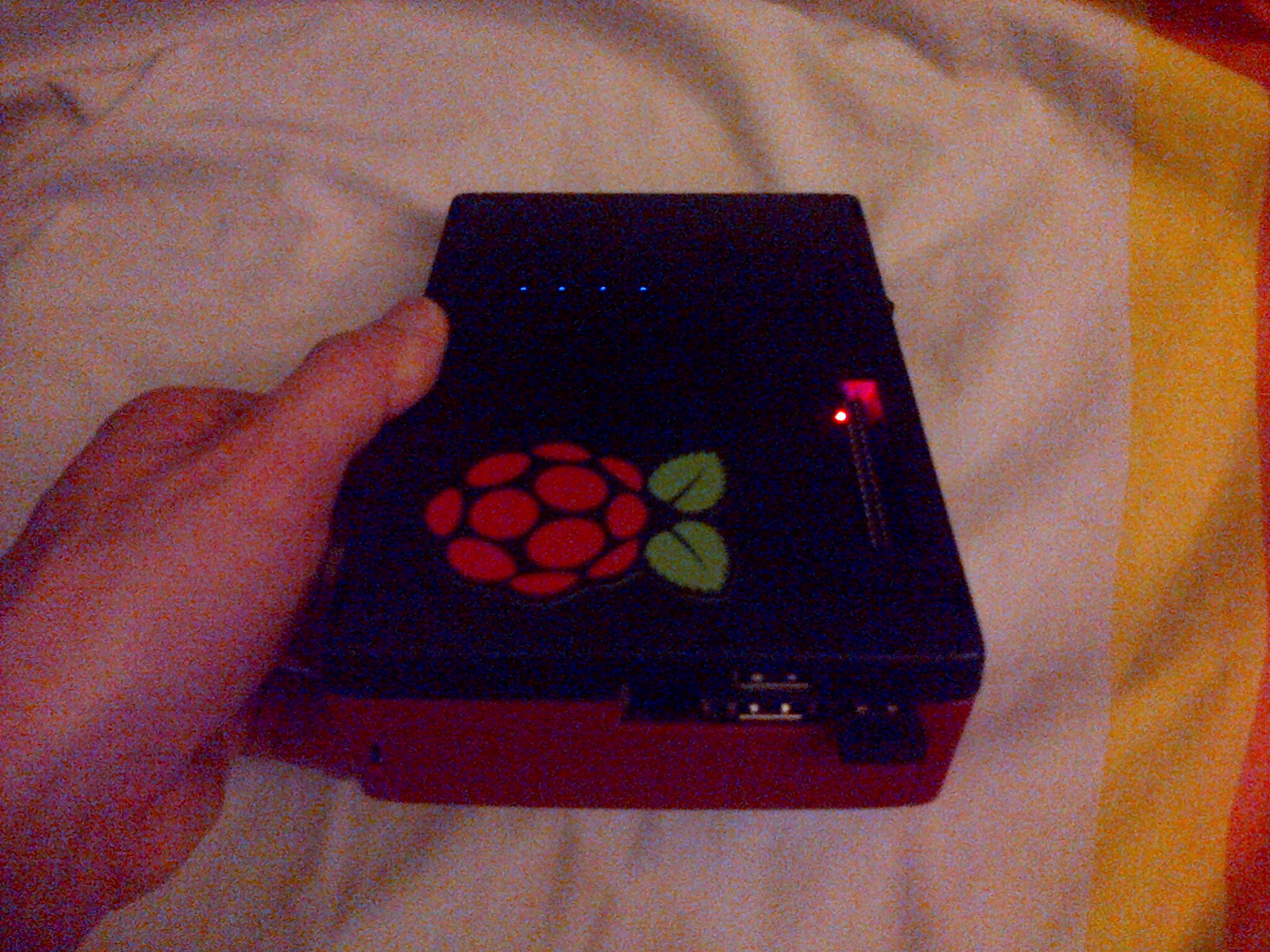
Check out my new workstation below. lolz.
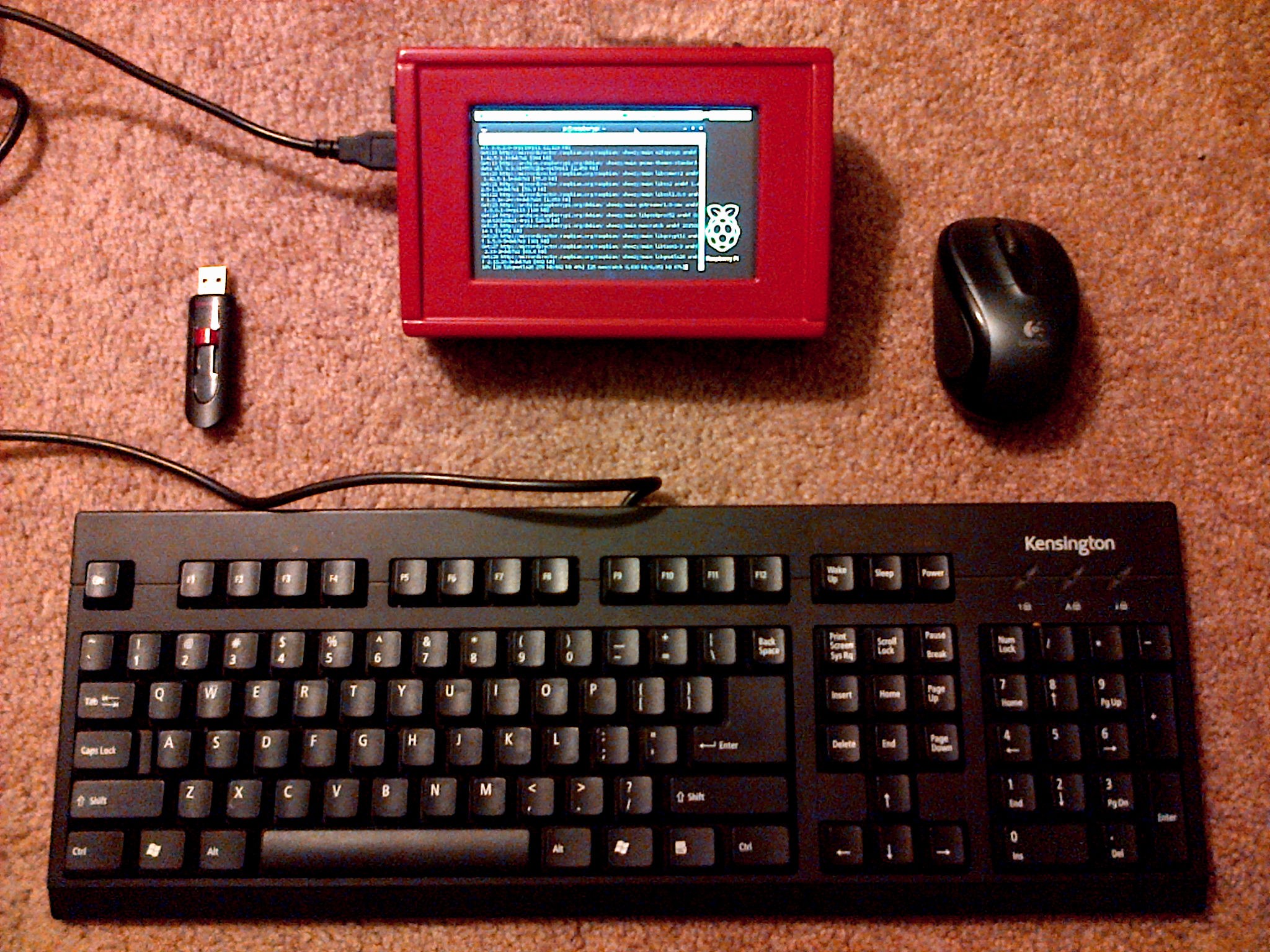
So that's how I did it, lots of blood, sweat, and bizarre raspberry dreams to be had.
Here's some more shots...
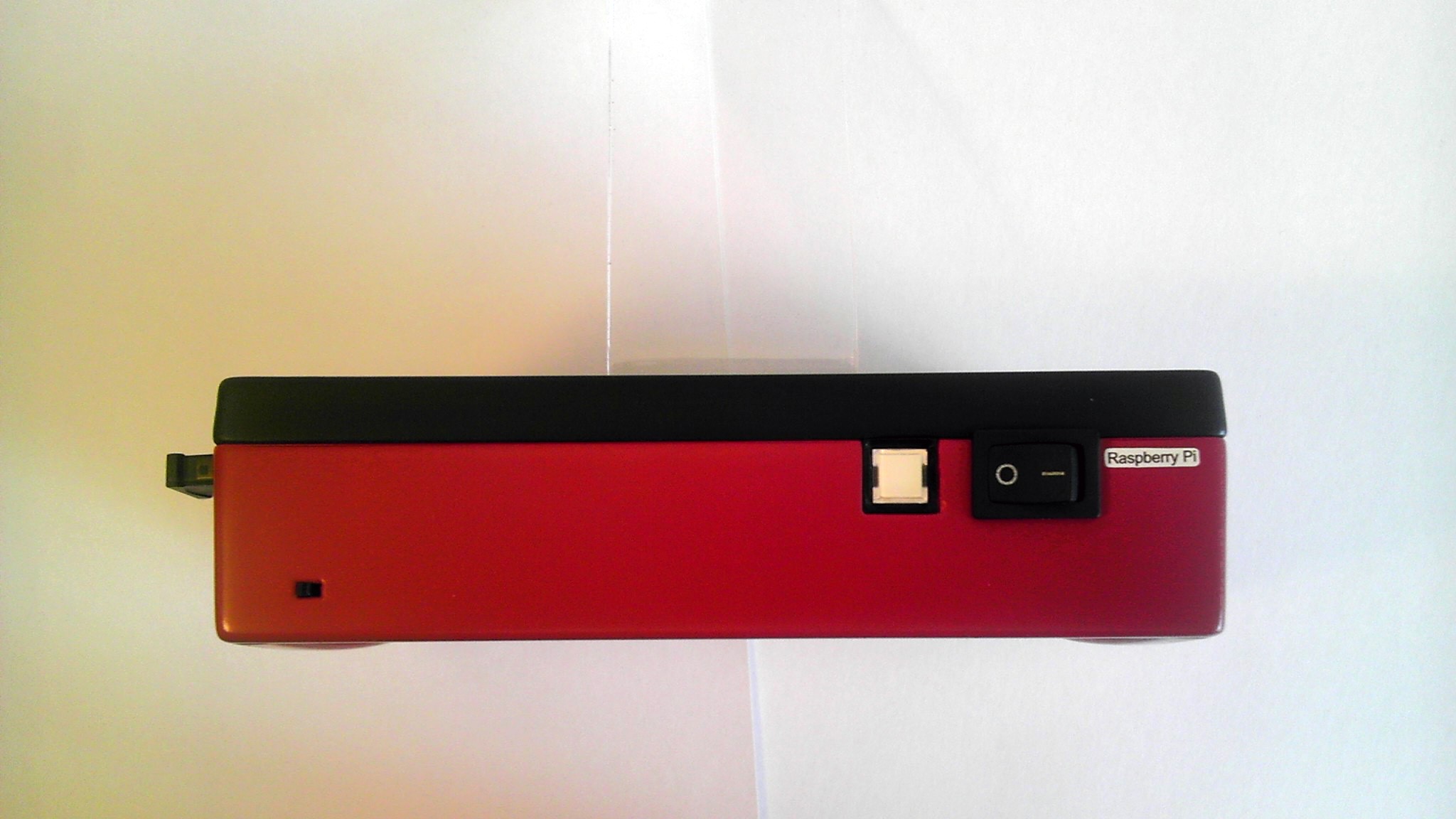
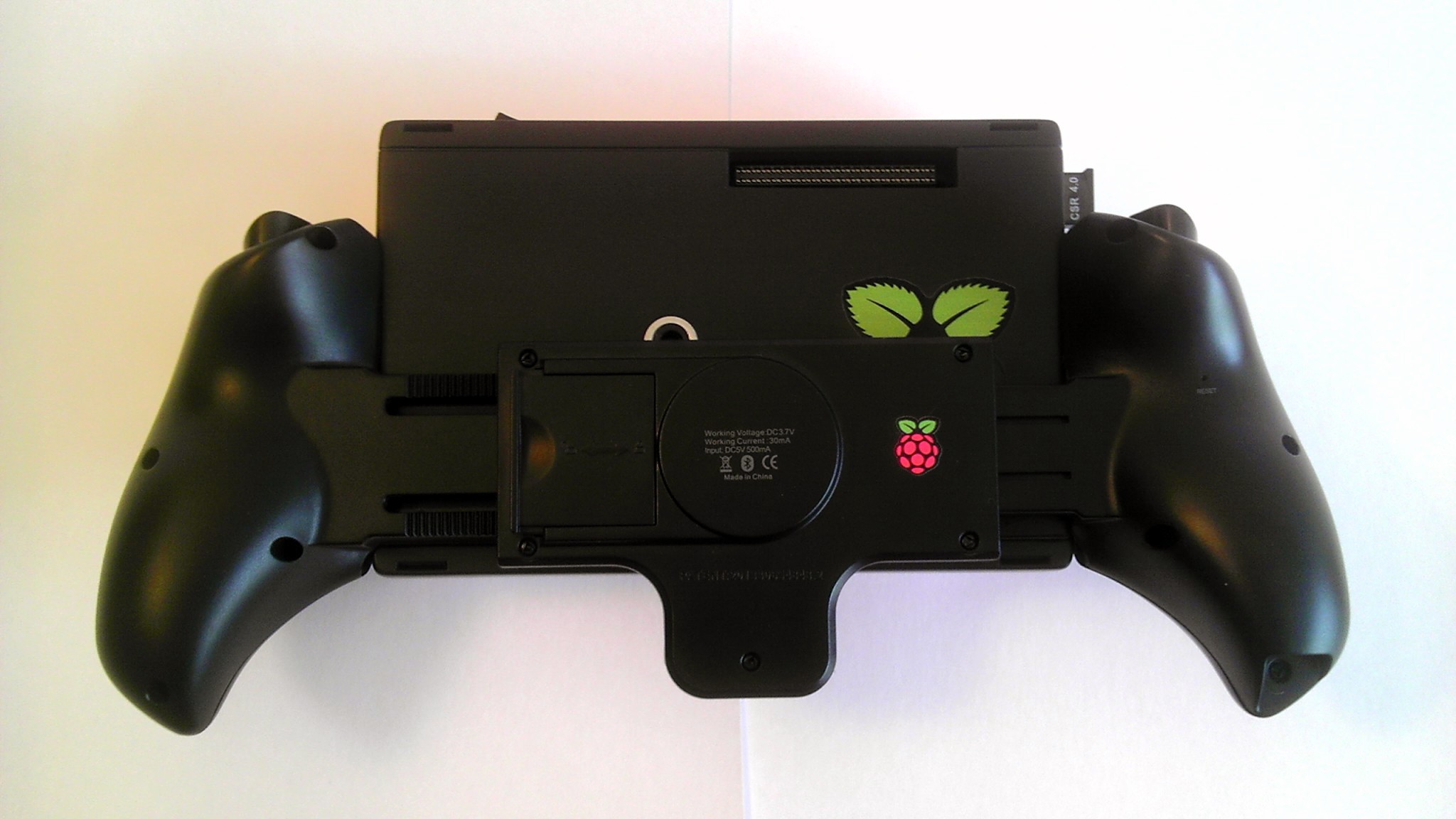
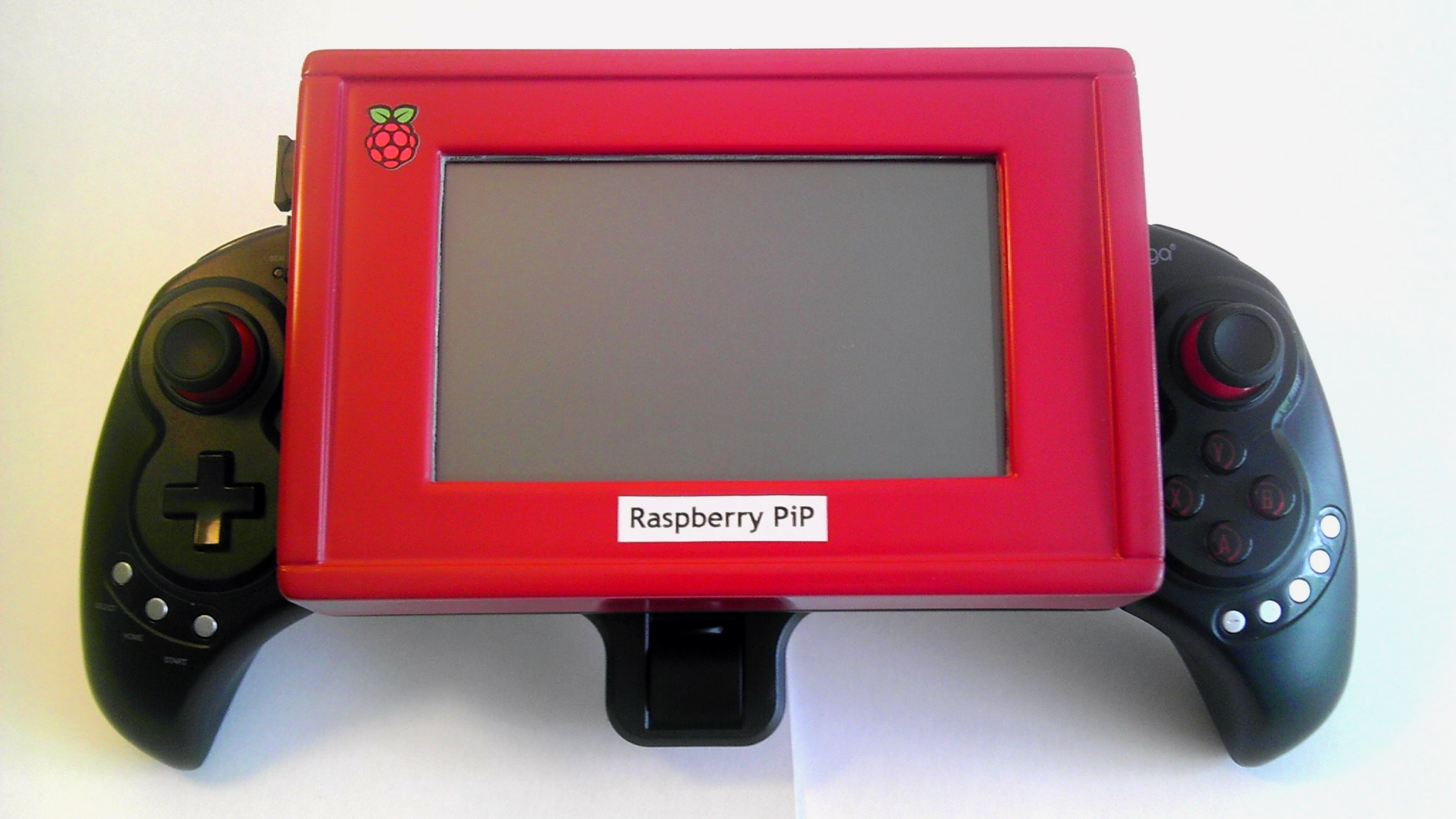
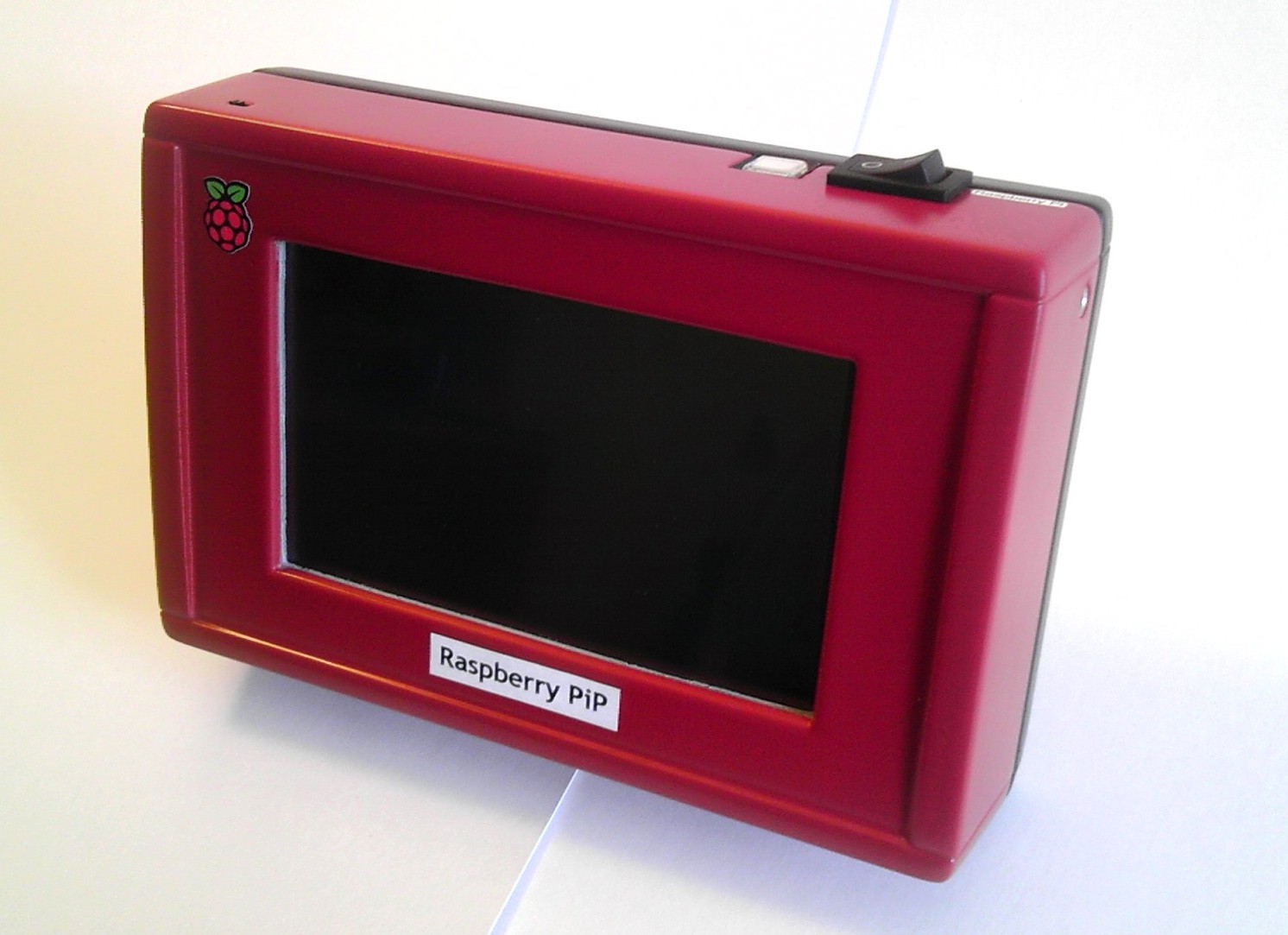
I WOULD LIKE TO GIVE A BIG SPECIAL THANKS TO MY LOVELY GIRLFRIEND FOR BEING MY SUPPORT THROUGH THIS PROJECT, AND FOR HELPING ME ALONG THE WAY!
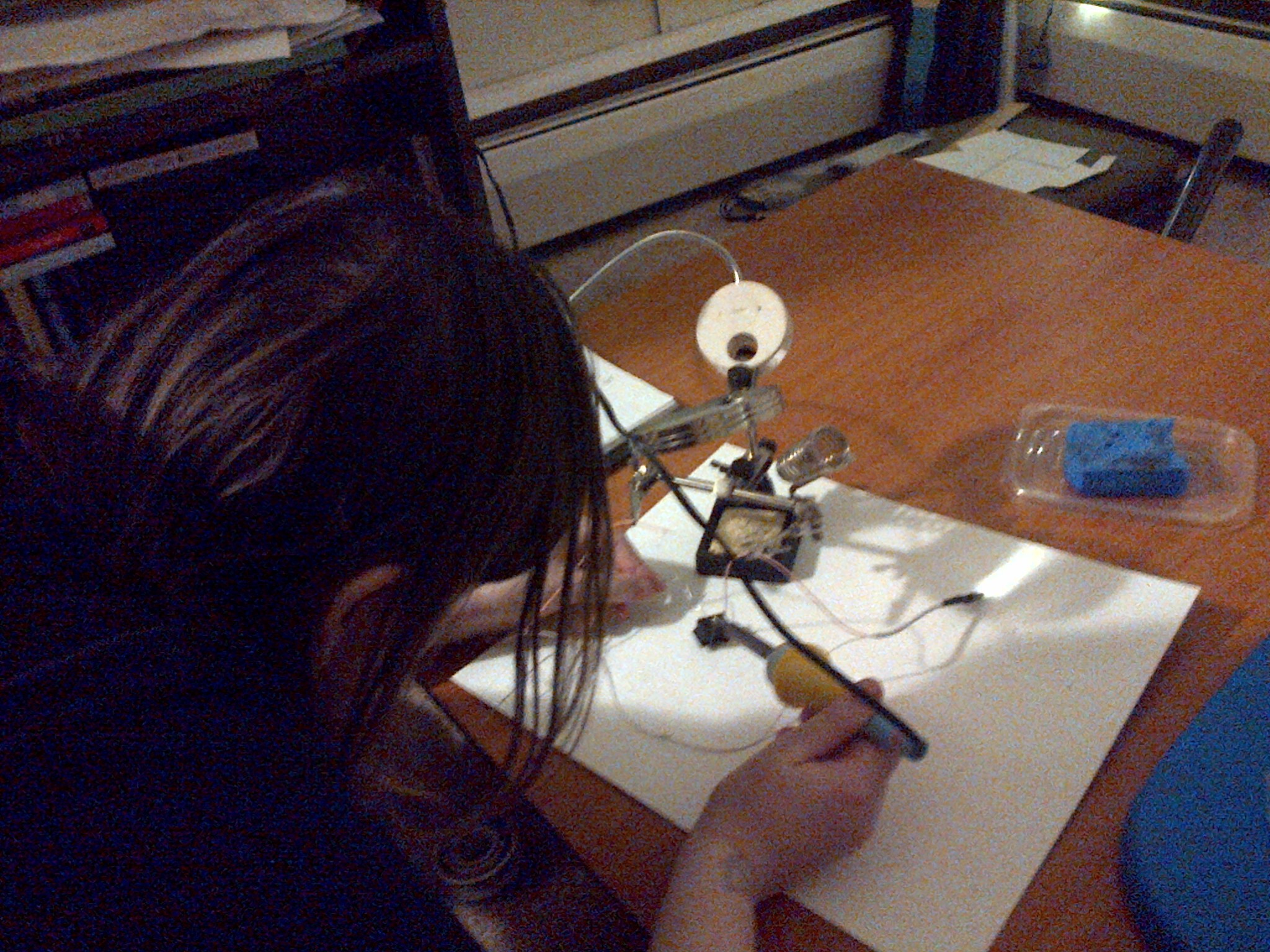
Natural solder wiz right there. Tell me how many girlfriends would do that? Hehe. ;)
Thanks for checking out my project page. I'm sure I will add updates in my project logs down the line. Don't forget to skull and follow! Be mindful! <3

But after deciding what I really wanted to do with my chip pc, my best option was to do a landscape slate/tablet styled PiP.
I cut the holes for the screen and inputs by hand with an x-acto knife so I could be careful to not cut away too much plastic.

I was very tedious work... I used a small drill to do other circular holes 'n stuff. @_@




After sanding the case down and cleaning all excess dust and plastic, I used a PPS gun to spray Hi-Build Polyurethane primer over both halves.

I put the case back together and sanded in between coats. The product is from the Italian coating company ILVA. Very good stuff. Powdered so nicely. We will get back to the case shortly.
Now let's talk about the actual electronic components. This will be fun. :)
First off, power is needed to run the whole device. I bought a 8000mah usb power bank online. With both 1a and 2a outputs, It was perfect to power everything.


It was quite thin being only one large cell. I scored BIG TIME Ricky! IT fit perfectly in the case with room to spare.

I now needed a screen and the cords to connect everything. I purchased an Adafruit 5" TFT backpack with touch, along with some usb connectors and a right angled hdmi cable.



I had to cut the hdmi cable to shorten it and attach a new male end so that it would fit inside the case when plugged into the screen.

That's a lot of wires. CURSE YOU HIGH DEF VIDEO!!!!!!!!!!!!!!!!!!!!!!!!! worth it tho.
I made a few micro usb cables to connect to the Pi and the screen.


Already having a RPi B+, I removed one of the dual usb ports from the board and attached a new single usb port.


Then I soldered a micro usb plug to the open pins on the Pi to power the screen. Next was to solder the power switch circuit and the 3.5mm audio jack for sound.

Finally I could fit everything together inside the case. But not before finishing the topcoat polyurethane coating. Raspberry Red on the front, matte slate gray on the back.

I had to loop some wires inside the case and glue down the ports to the inner walls. It may be a bit messy, but it is sturdy and leaves room for air flow.

I attached the Picam to the back of the case with circuit board mounts and glue.

Finally my creation is ready to come alive!

IT WORKS!!!! YIS!

Check out my new workstation below. lolz.

So that's how I did it, lots of blood, sweat, and bizarre raspberry dreams to be had.
Here's some more shots...




I WOULD LIKE TO GIVE A BIG SPECIAL THANKS TO MY LOVELY GIRLFRIEND FOR BEING MY SUPPORT THROUGH THIS PROJECT, AND FOR HELPING ME ALONG THE WAY!

Natural solder wiz right there. Tell me how many girlfriends would do that? Hehe. ;)
Thanks for checking out my project page. I'm sure I will add updates in my project logs down the line. Don't forget to skull and follow! Be mindful! <3
Labels:
computer,
diy,
electronic,
gaming,
handheld,
linux,
portable,
programming,
raspberry pi,
rpi
Saturday, June 20, 2015
Hello World!
To start things off, this is a portable raspberry pi computer. It runs off of batteries and can do anything a linux based pc can do and more. The project was designed to capture the portability of the RPi's unlimited on-the-go uses.
The case is a little bigger than a DMG Gameboy, With a Raspberry Pi B+ board inside and has a 5" resistive touch screen that runs on USB and connects through HDMI. The battery is an 8000mah portable USB charger that was dissected and mounted inside the case. There's also a Micro USB charge port on the bottom corner, same side as the 3 full sized USB coming straight from the Pi. (One of the two dual USB ports was desoldered and replaced with just one single port. The screen was then directly soldered to the points on the board afterwards.) It's fitted with a 3.5 mm headphone jack for audio use, full access to the GPIO pins for programming, the PiCam assembly affixed in the backside of the case, a button to turn on the battery and a switch to send POWER TO THE PI! are located above the screen on top.
All of this wrapped inside a two toned raspberry red and roughed black polyurethane sprayed PacTec enclosure. What else could be more yummy than a Pi like that!?
This page will be designated for all updates in The Adventures of PiP. Such as a tutorial on how it was built or programming projects, or maybe some crazy add-ons built to extend the uses of this little computer.
Au revoir!
And Pi on!
Labels:
computer,
diy,
electronic,
gaming,
handheld,
linux,
portable,
programming,
raspberry pi,
rpi
Subscribe to:
Comments (Atom)